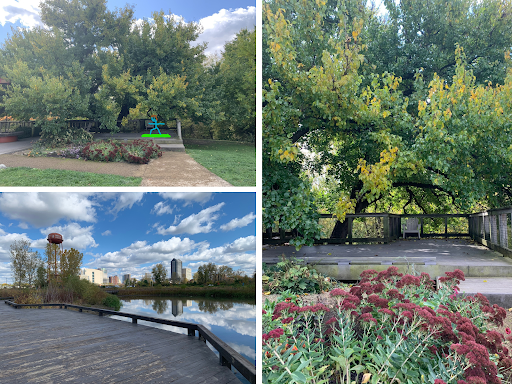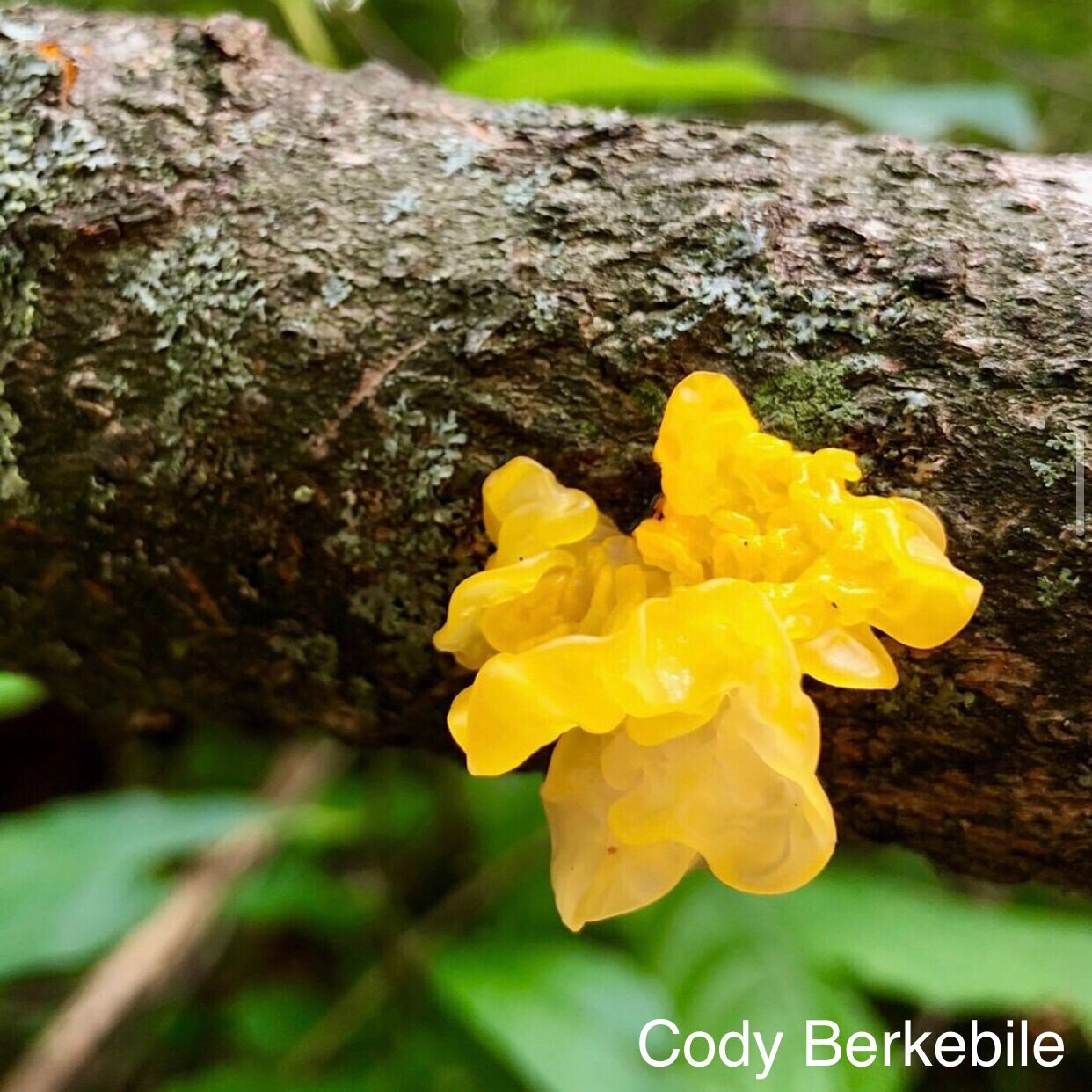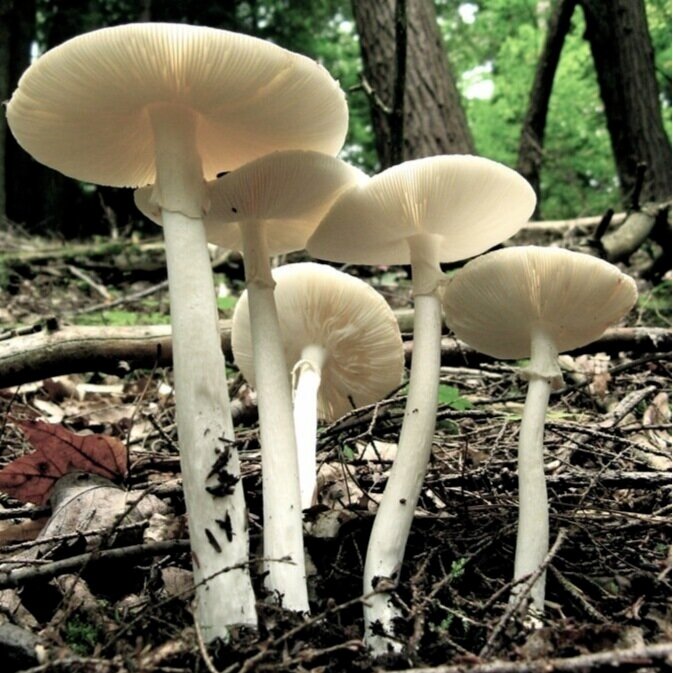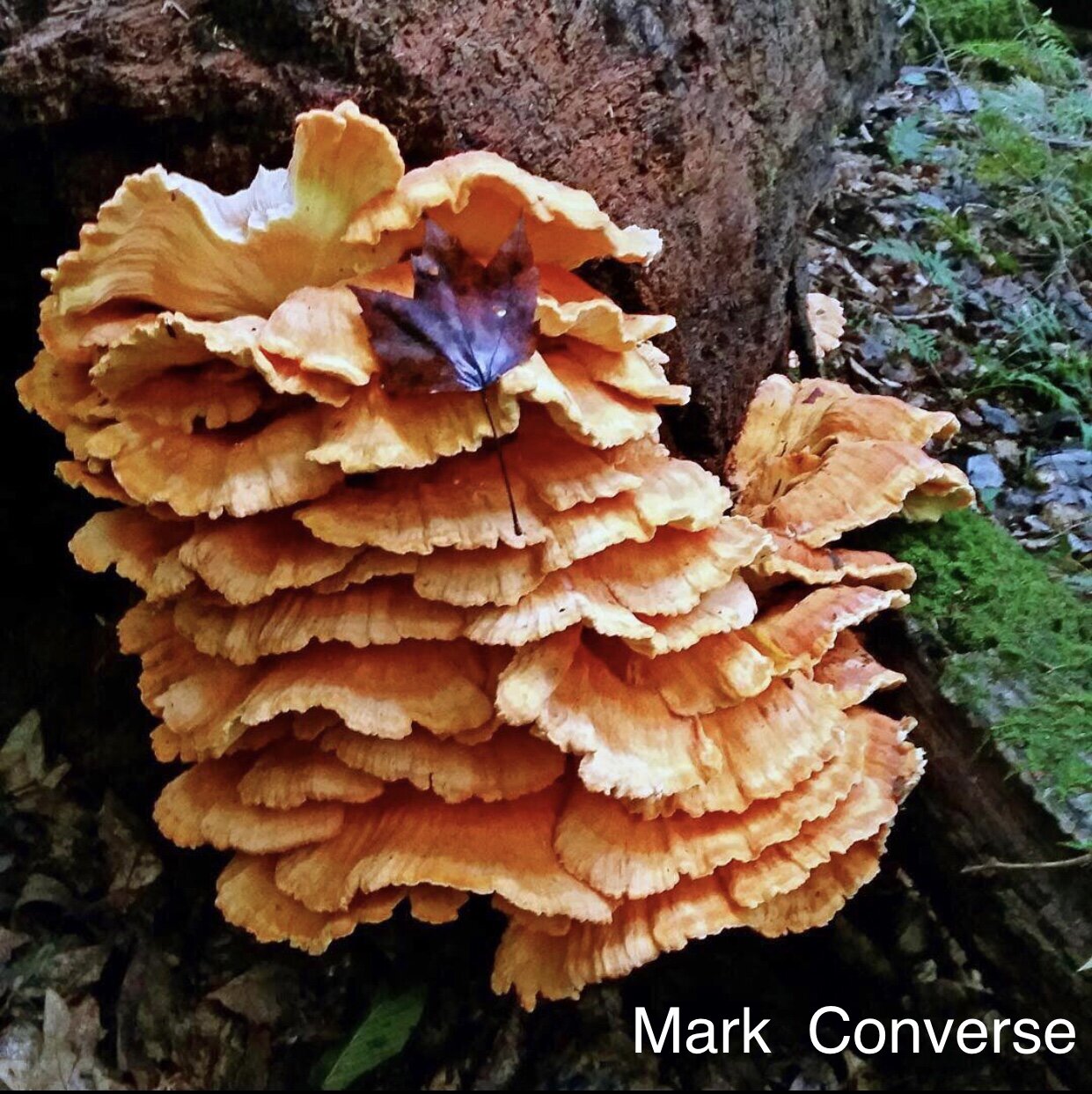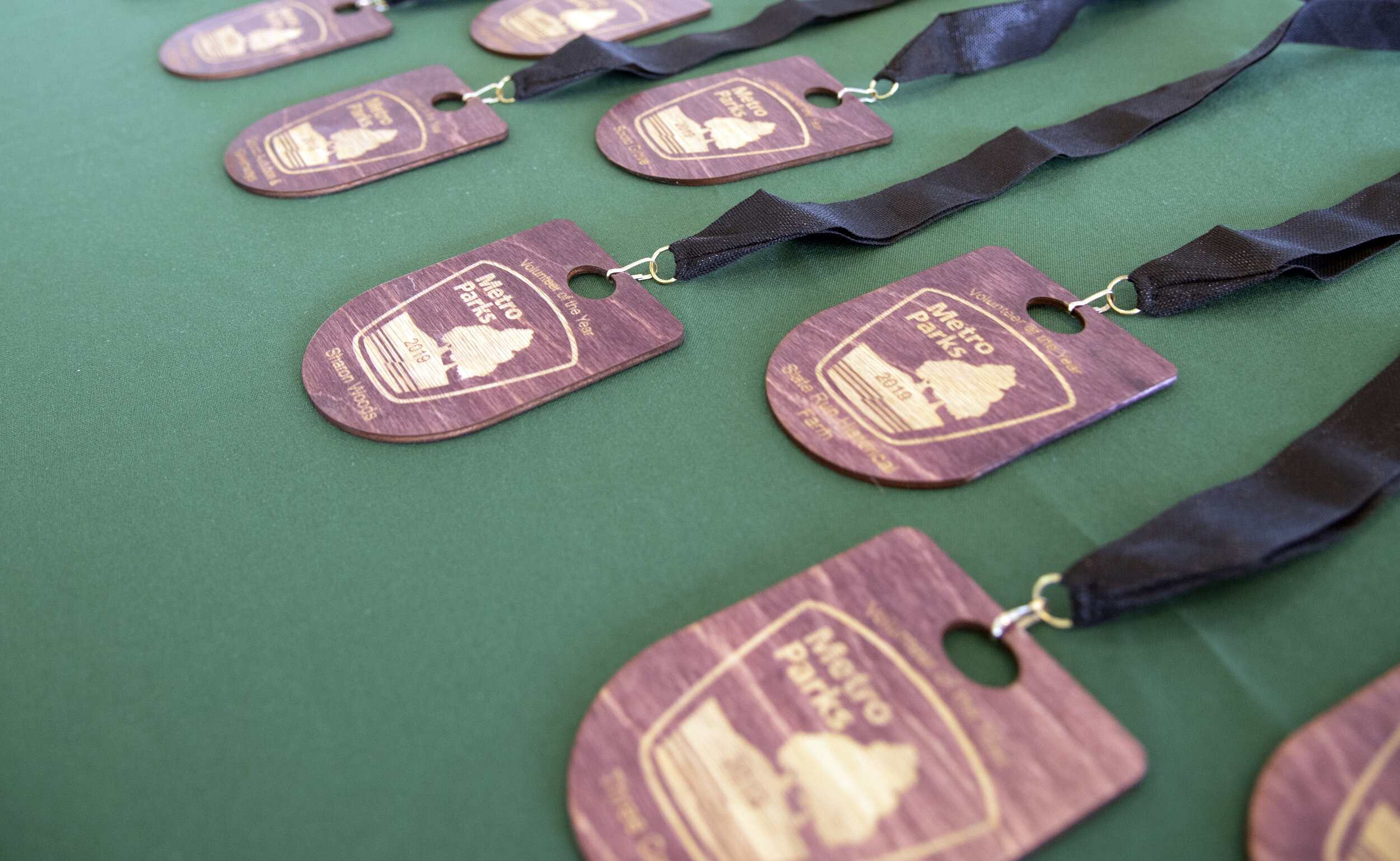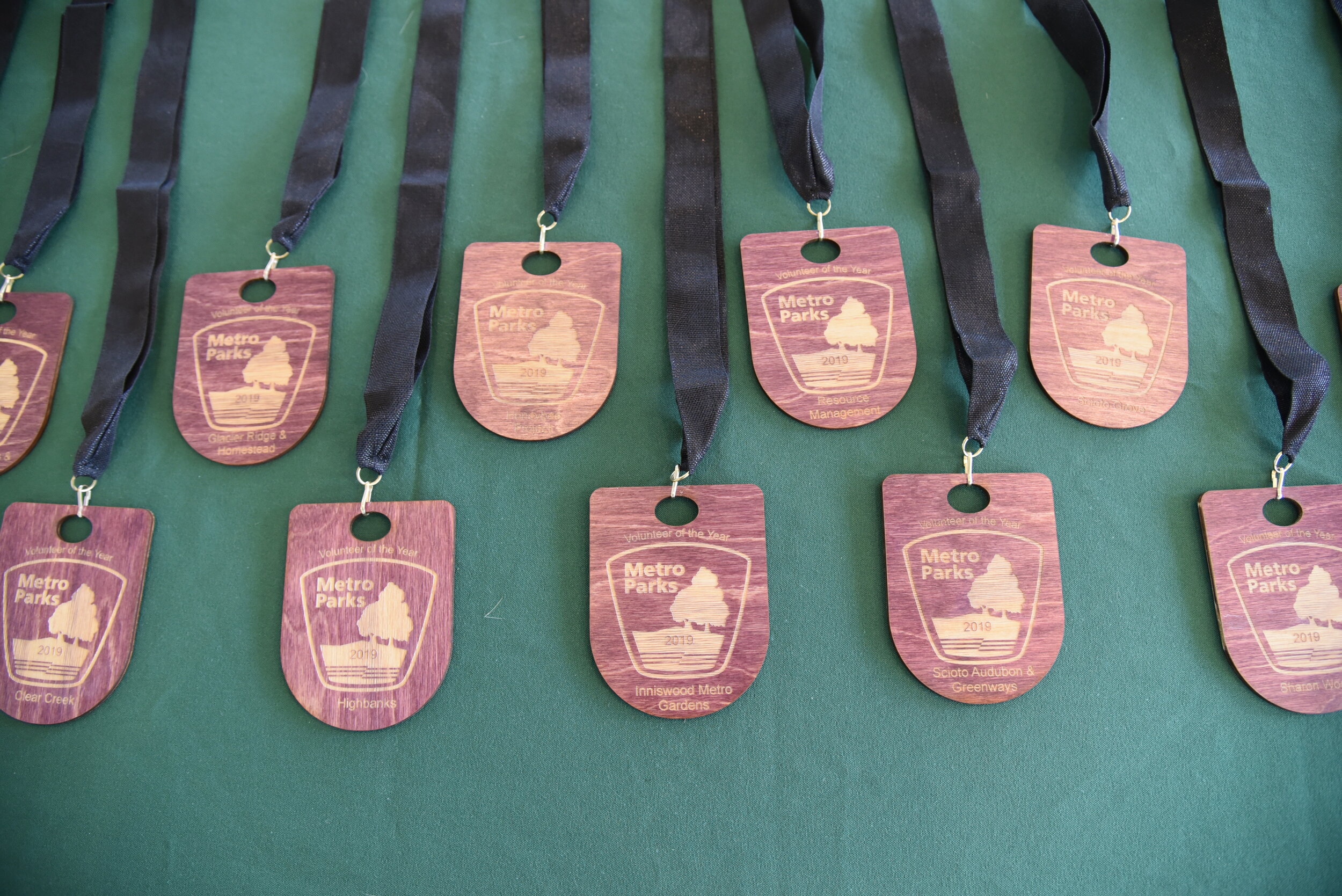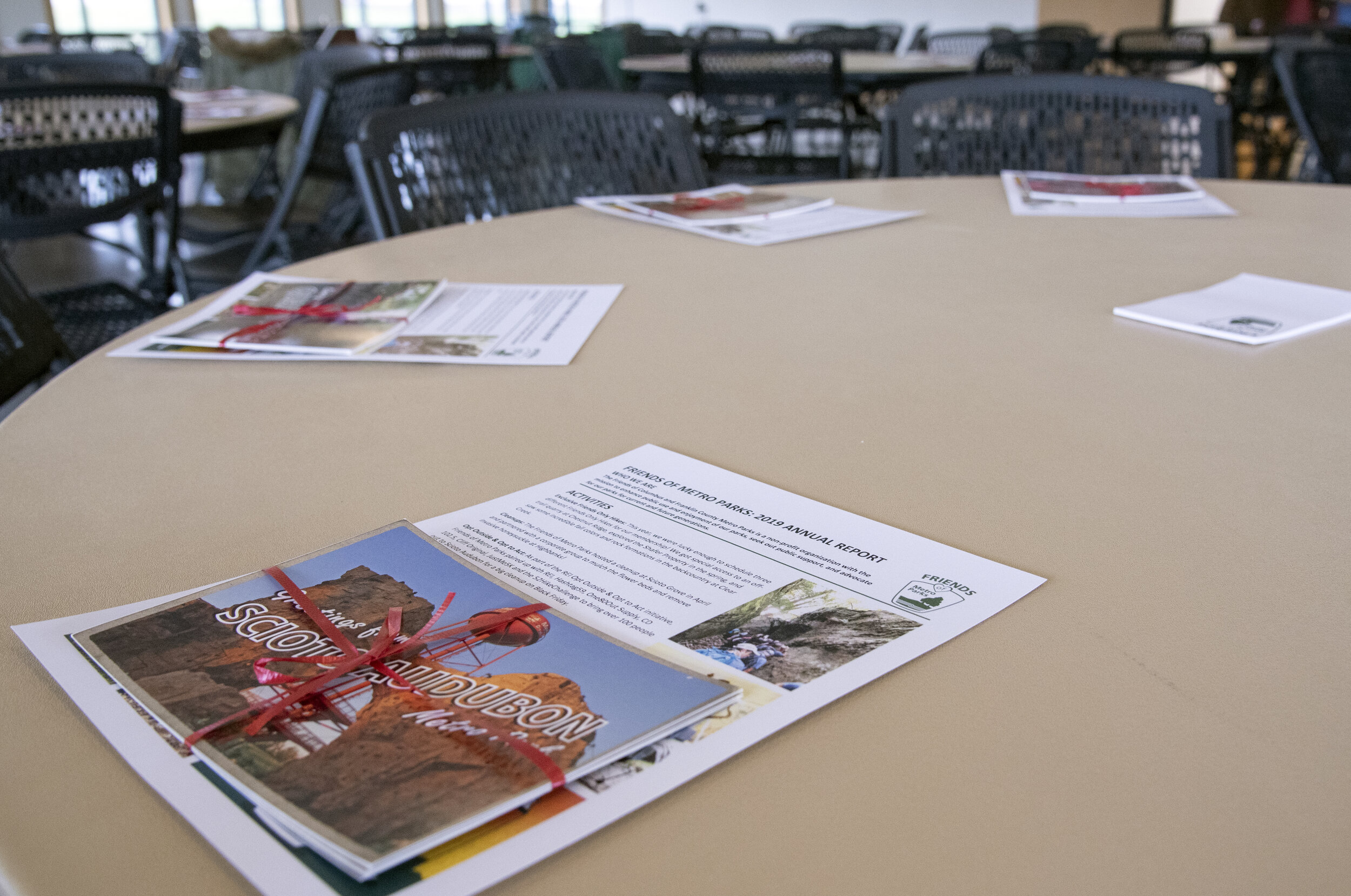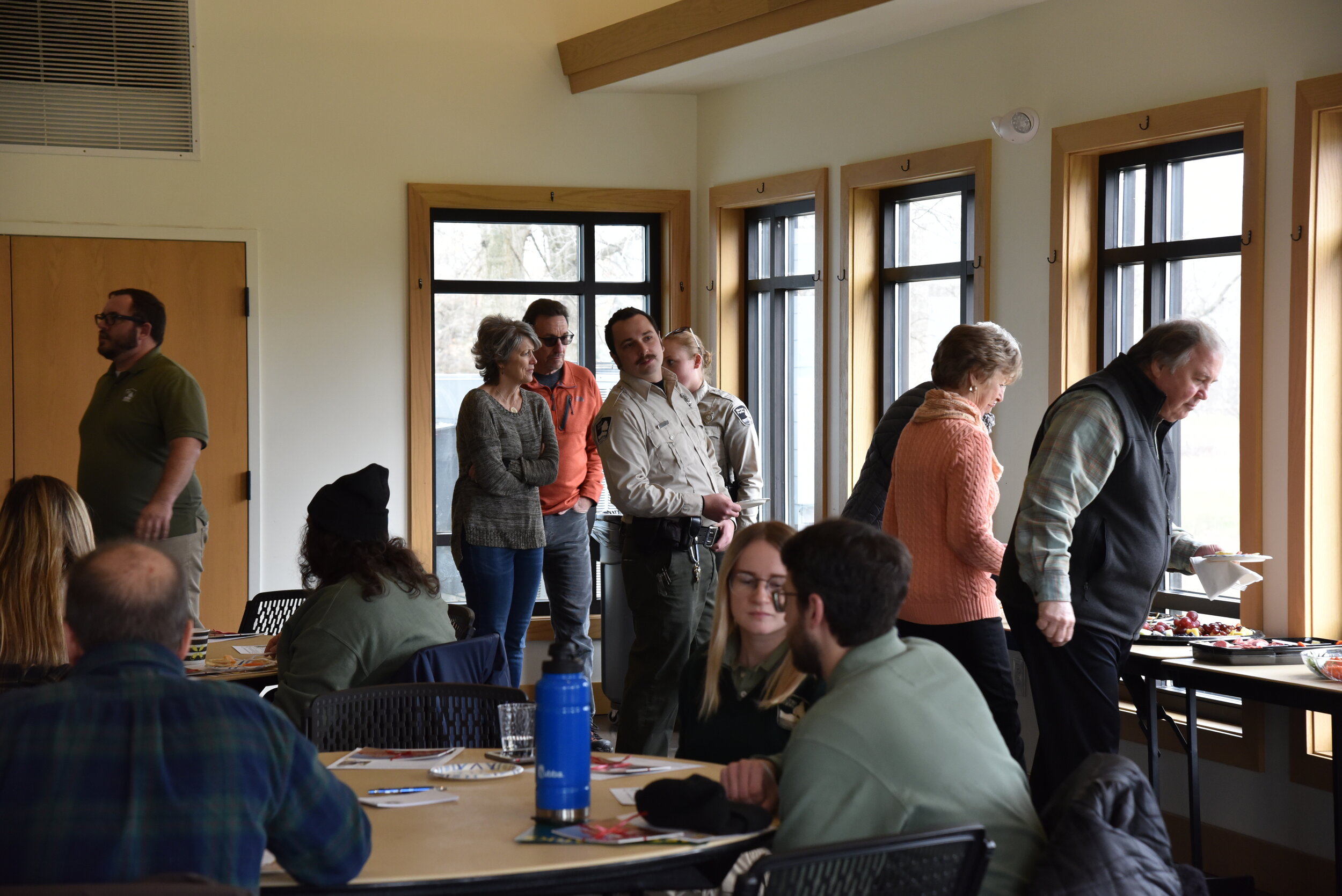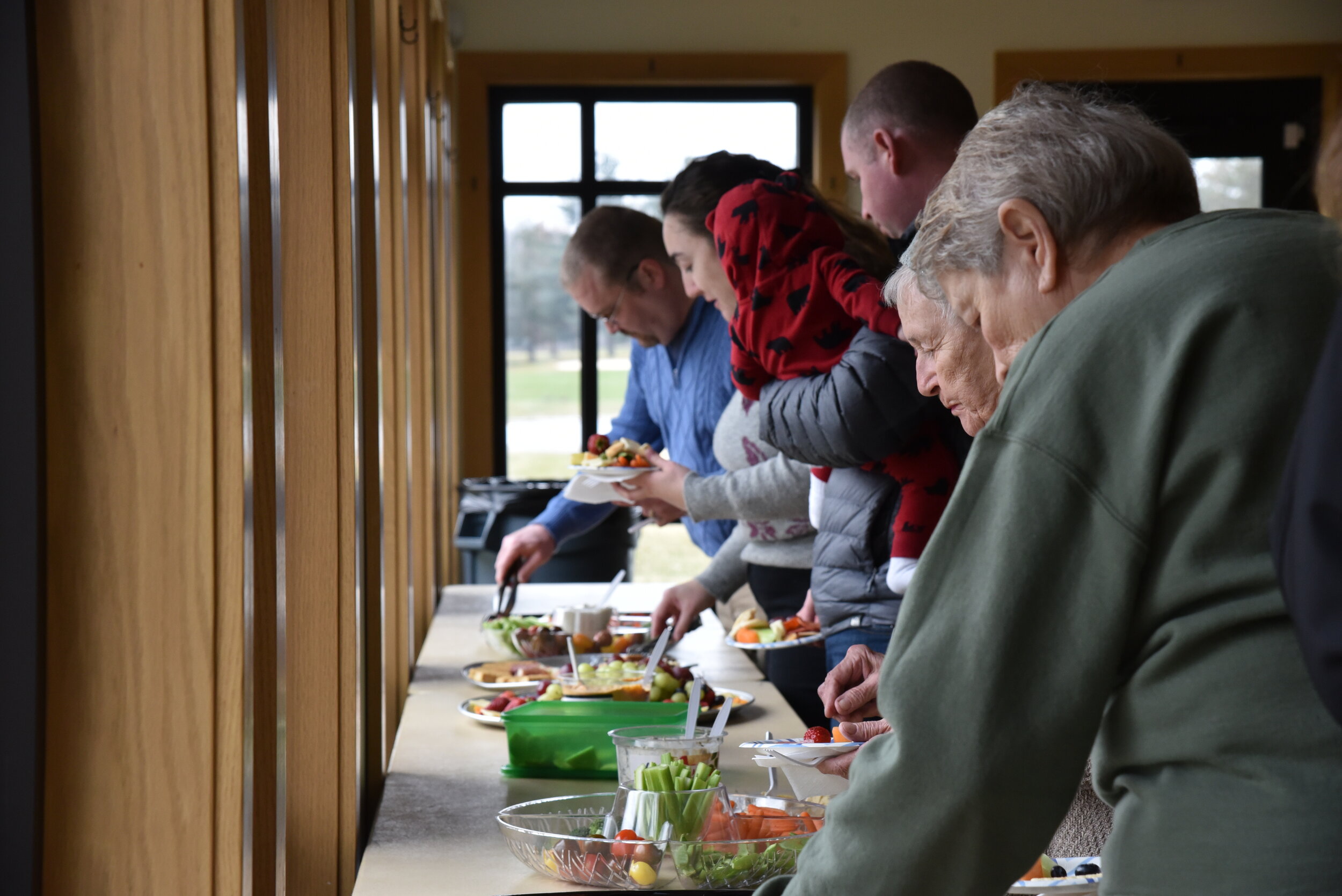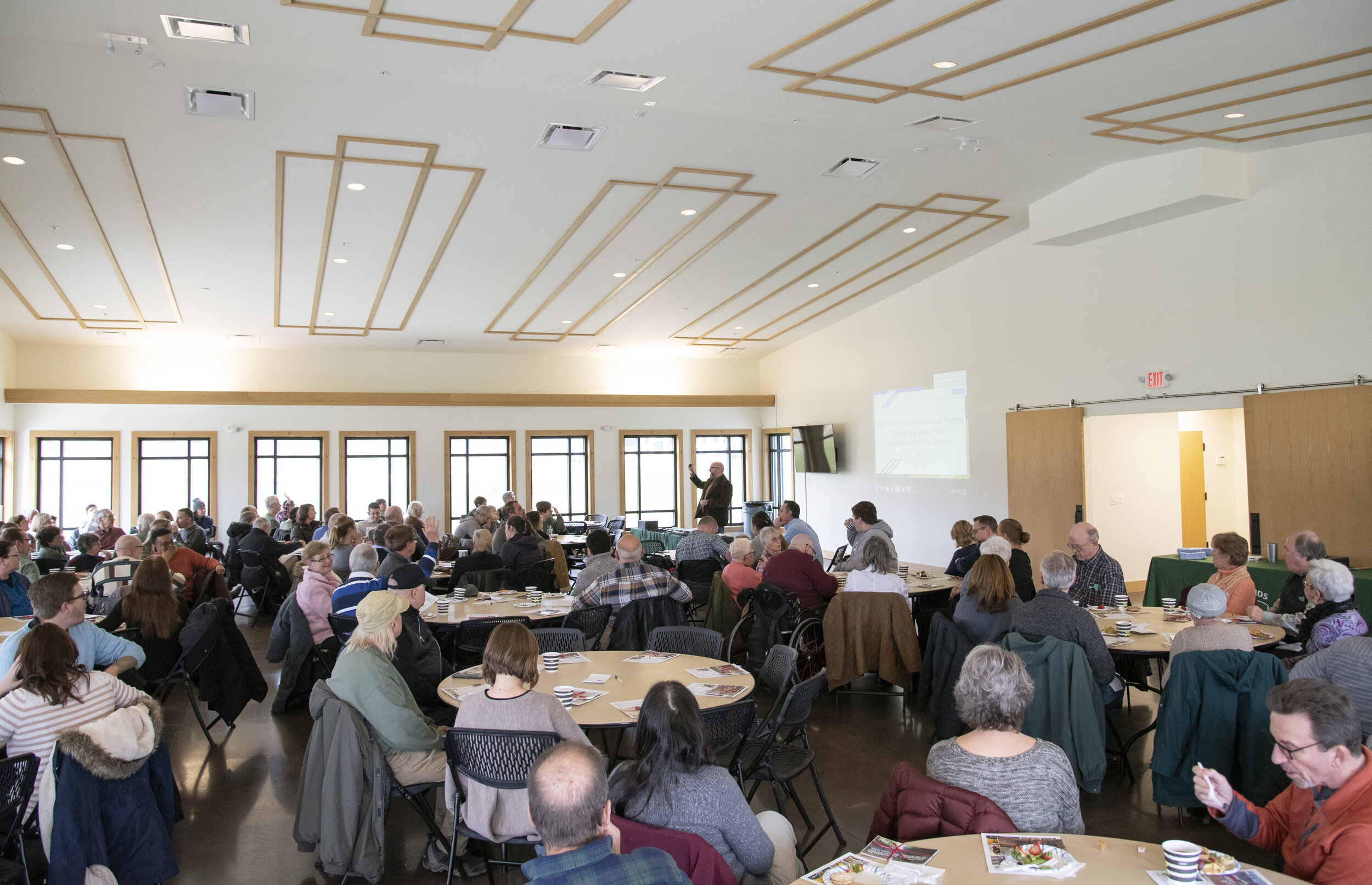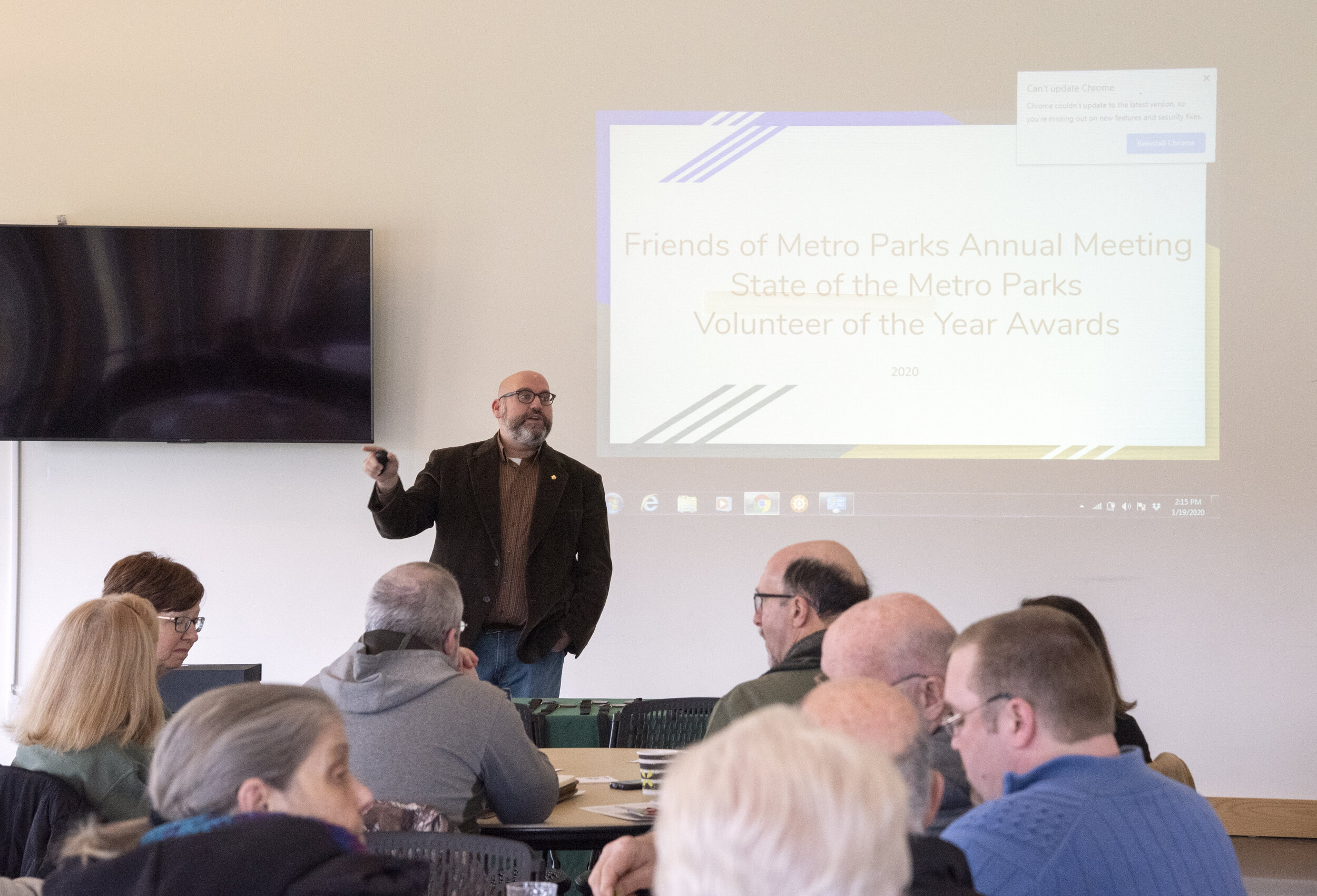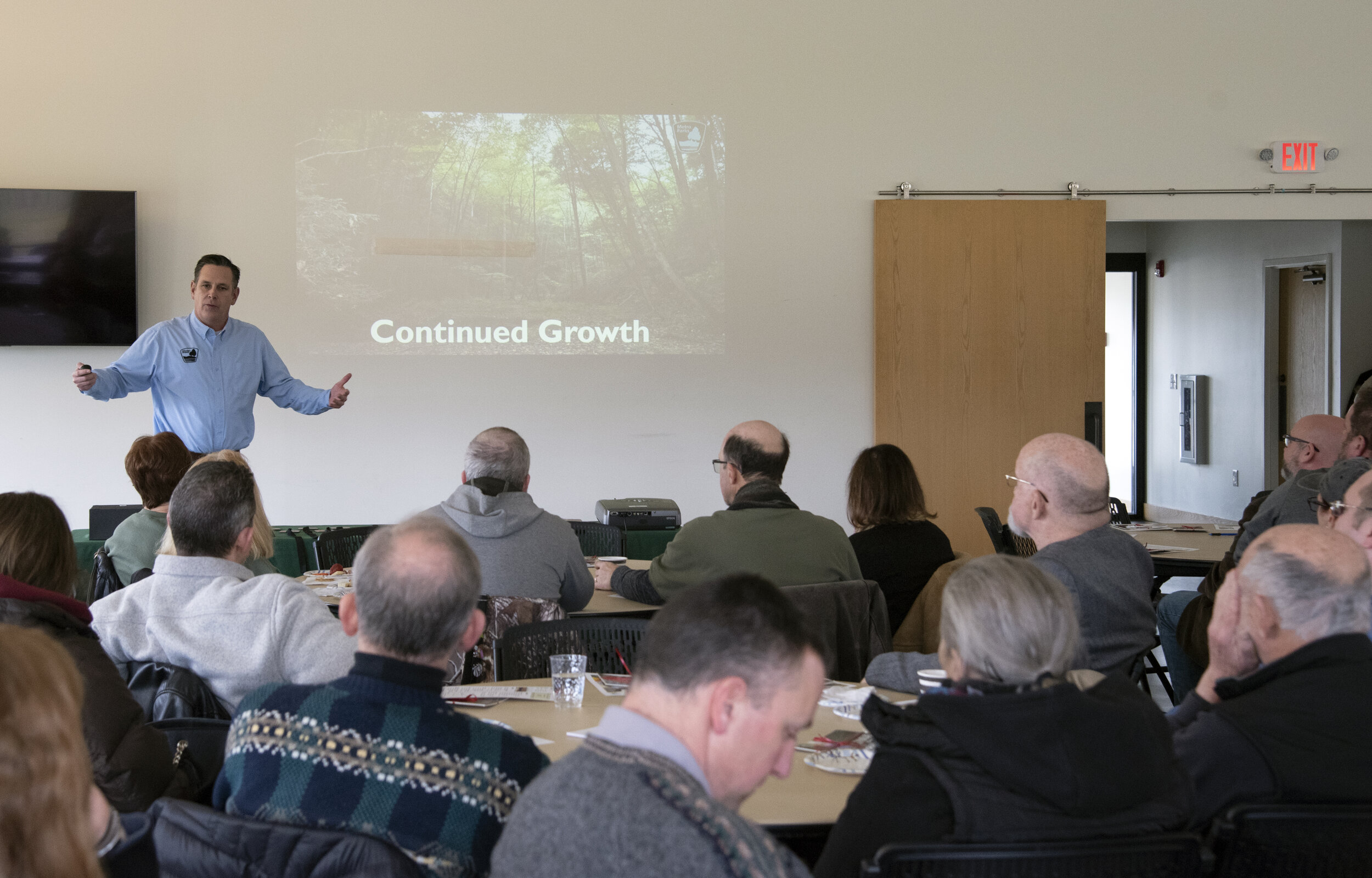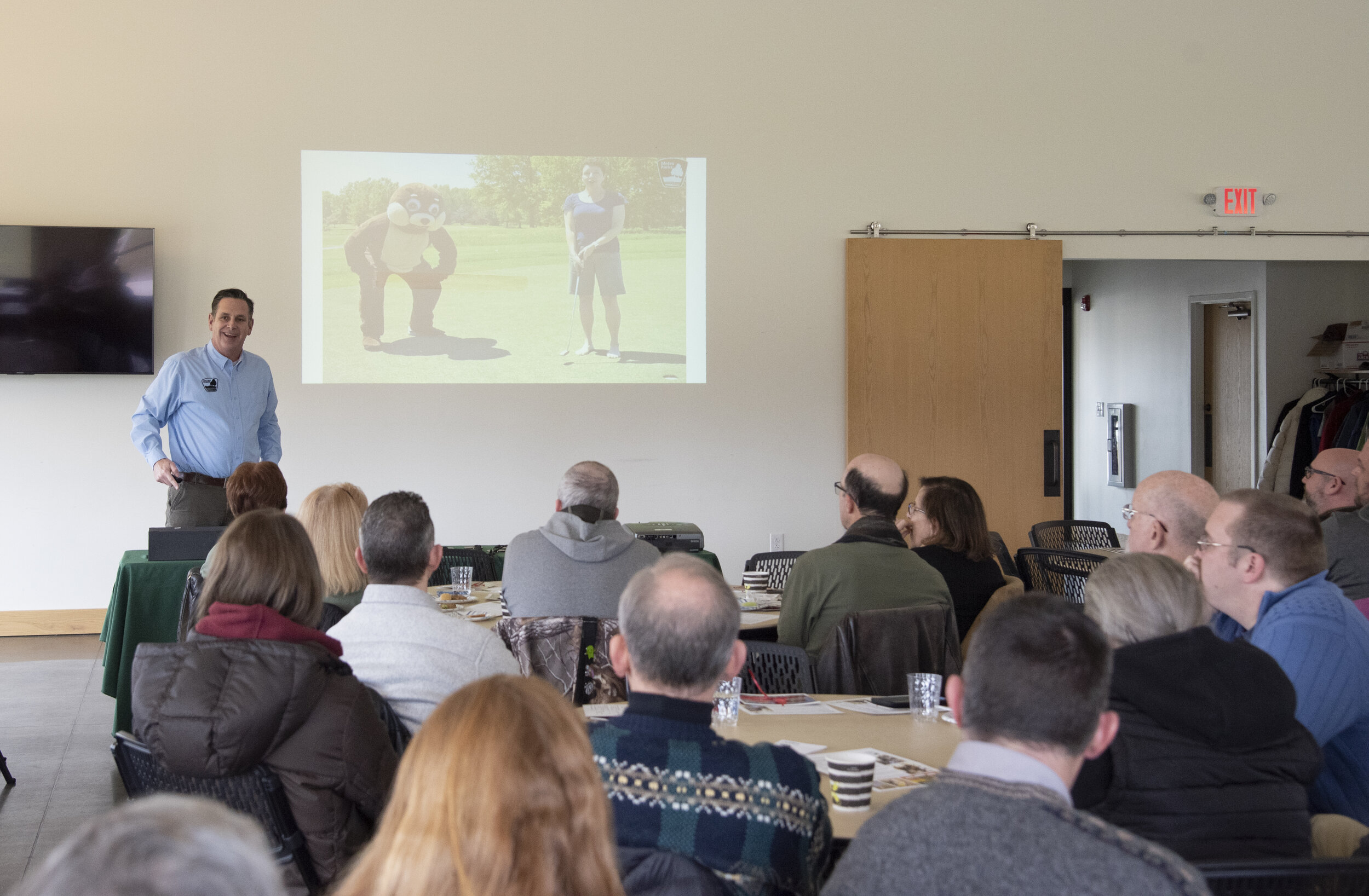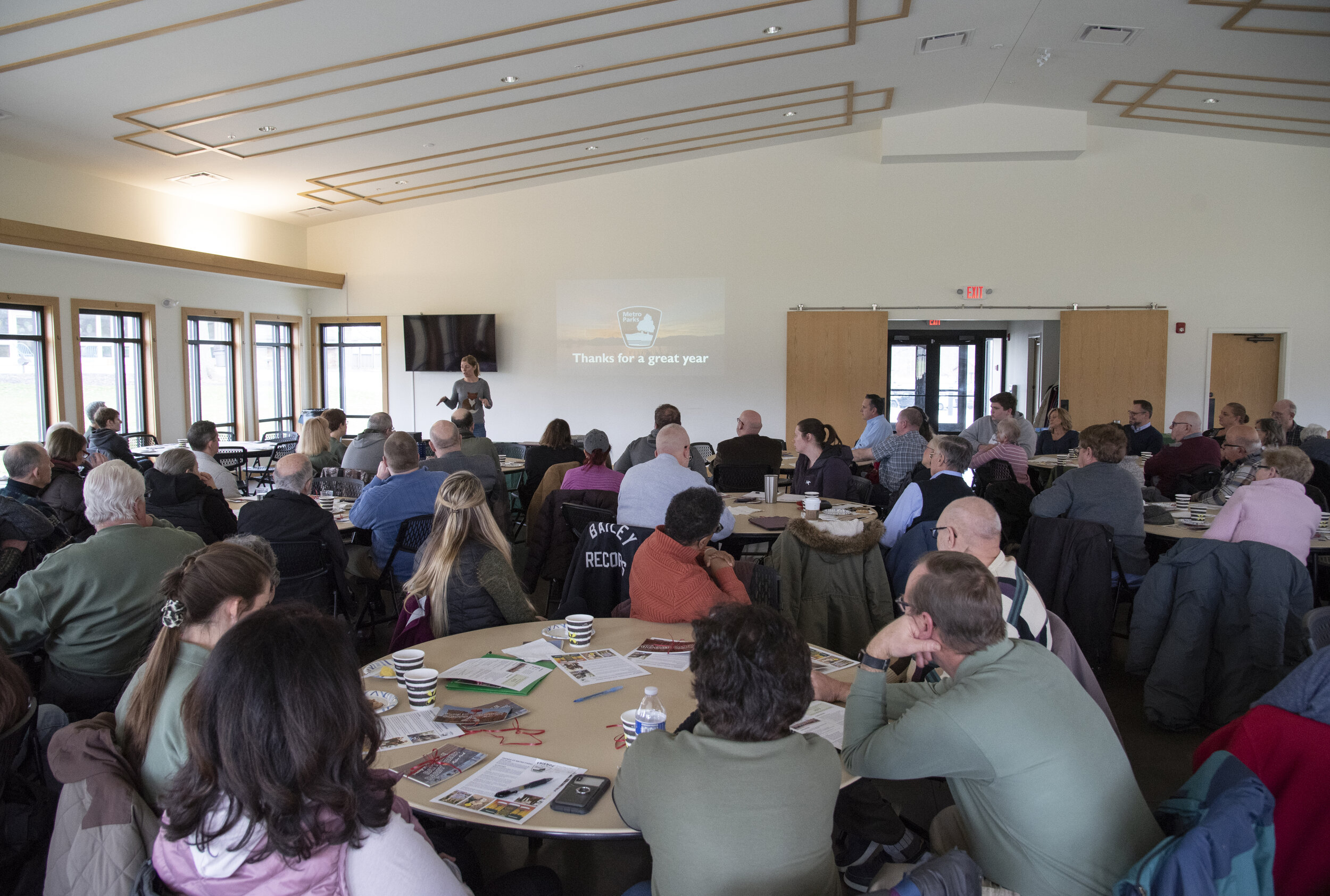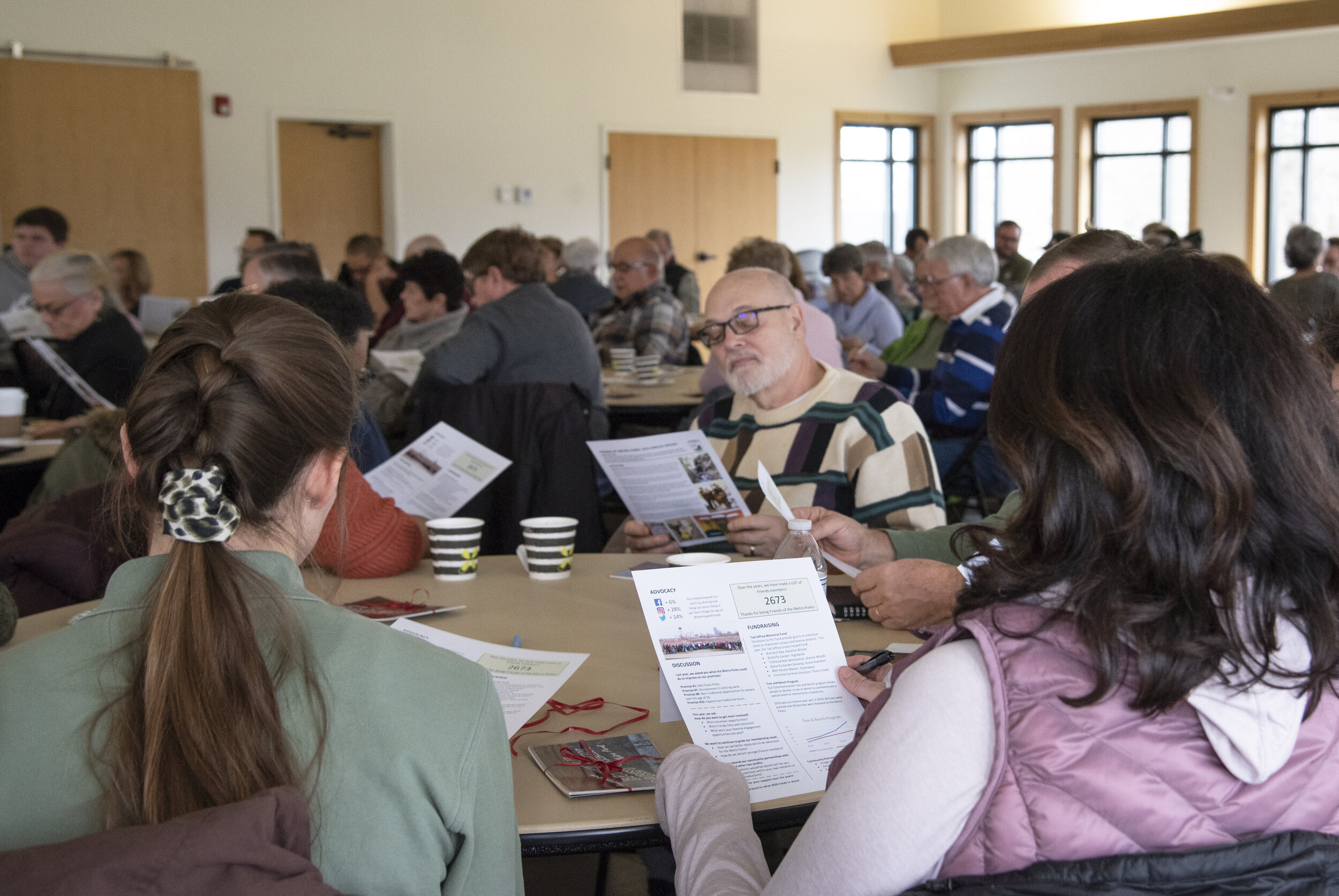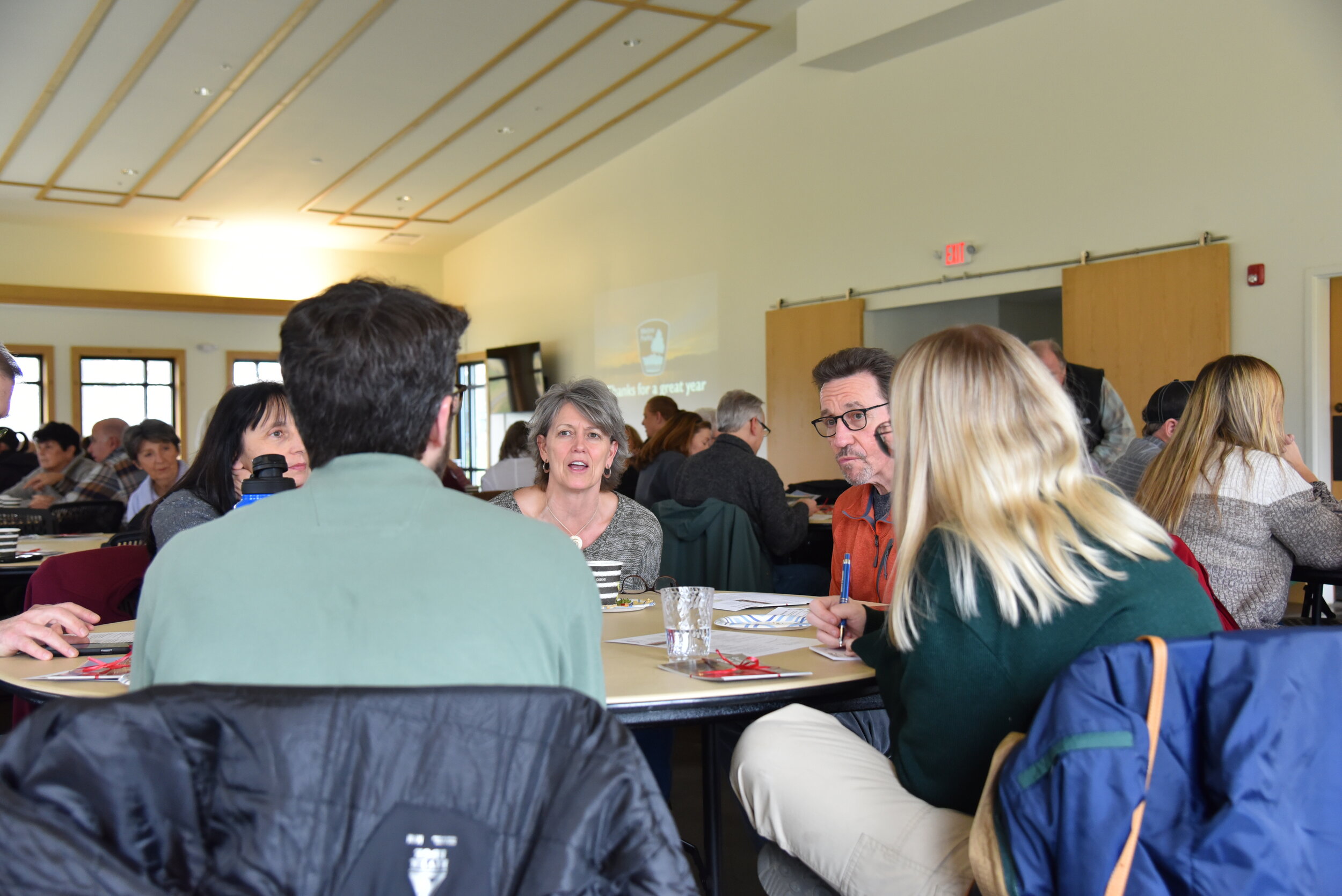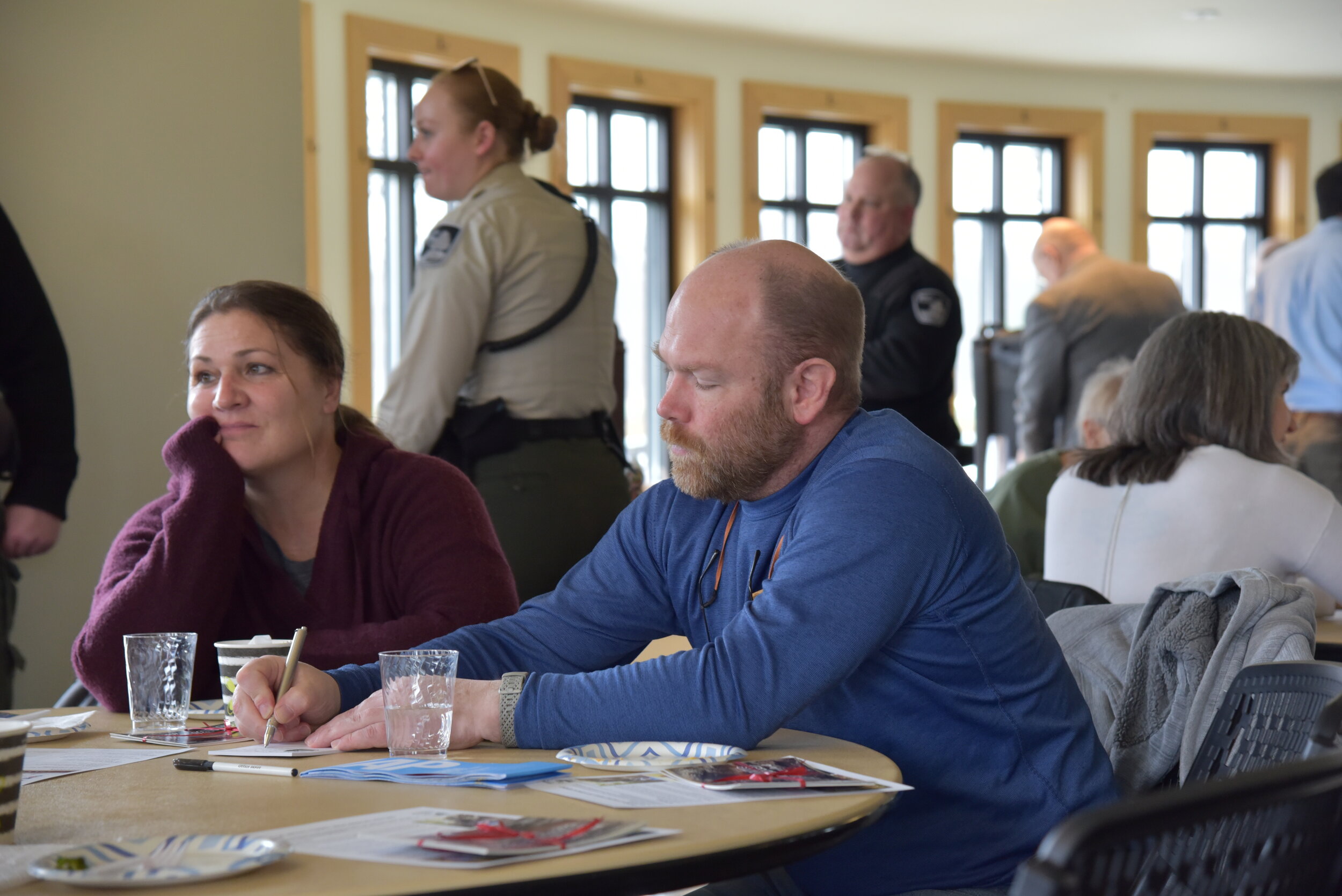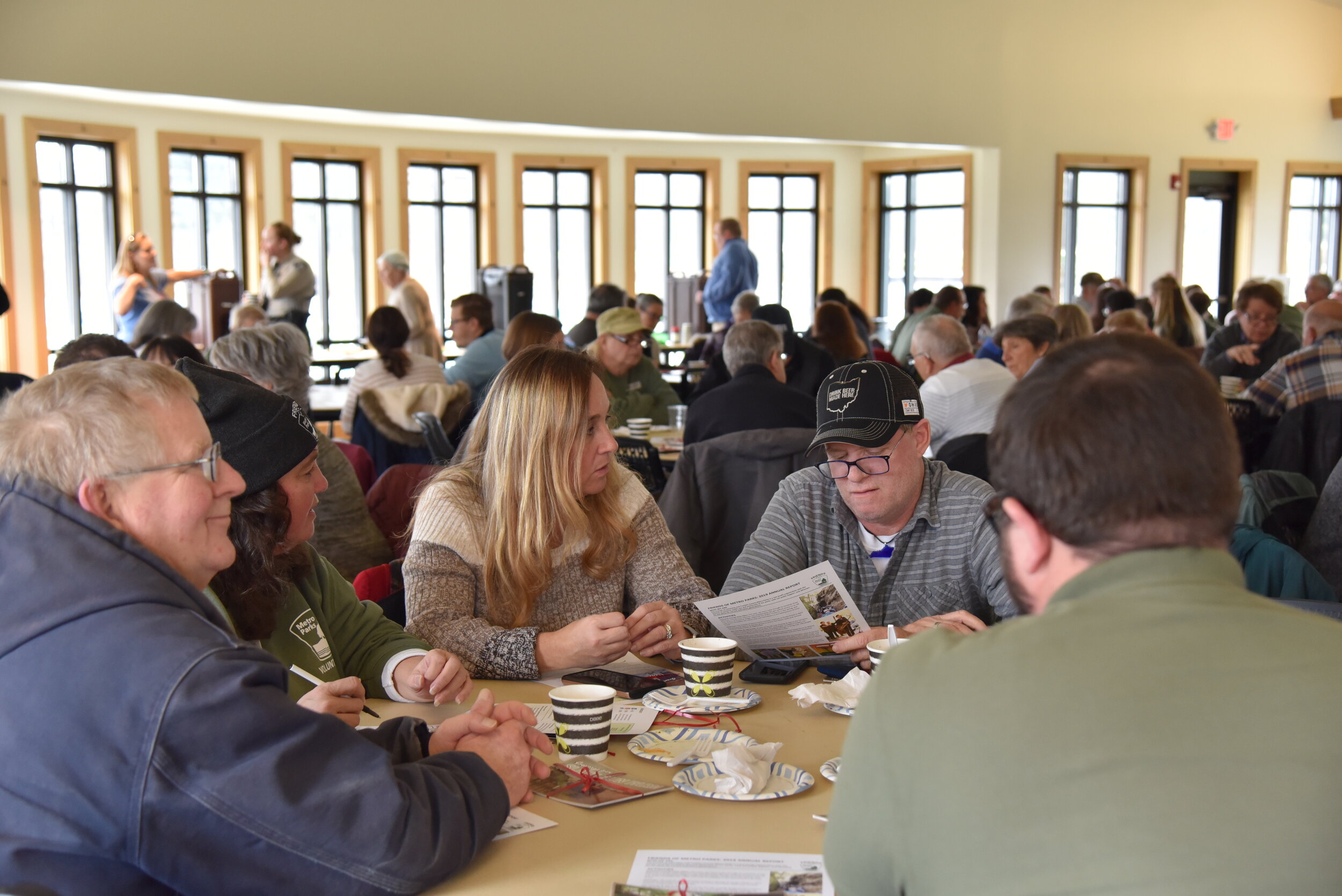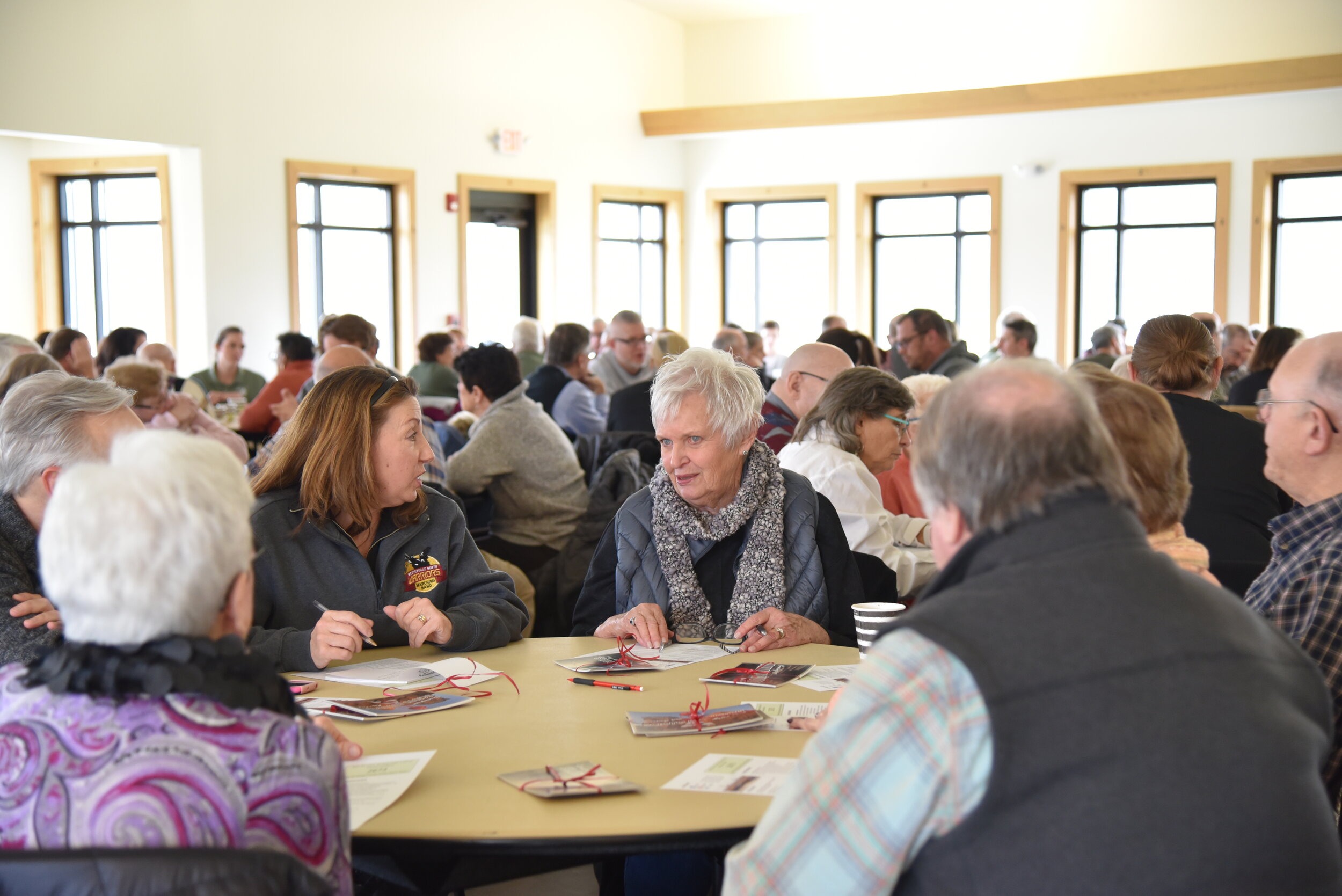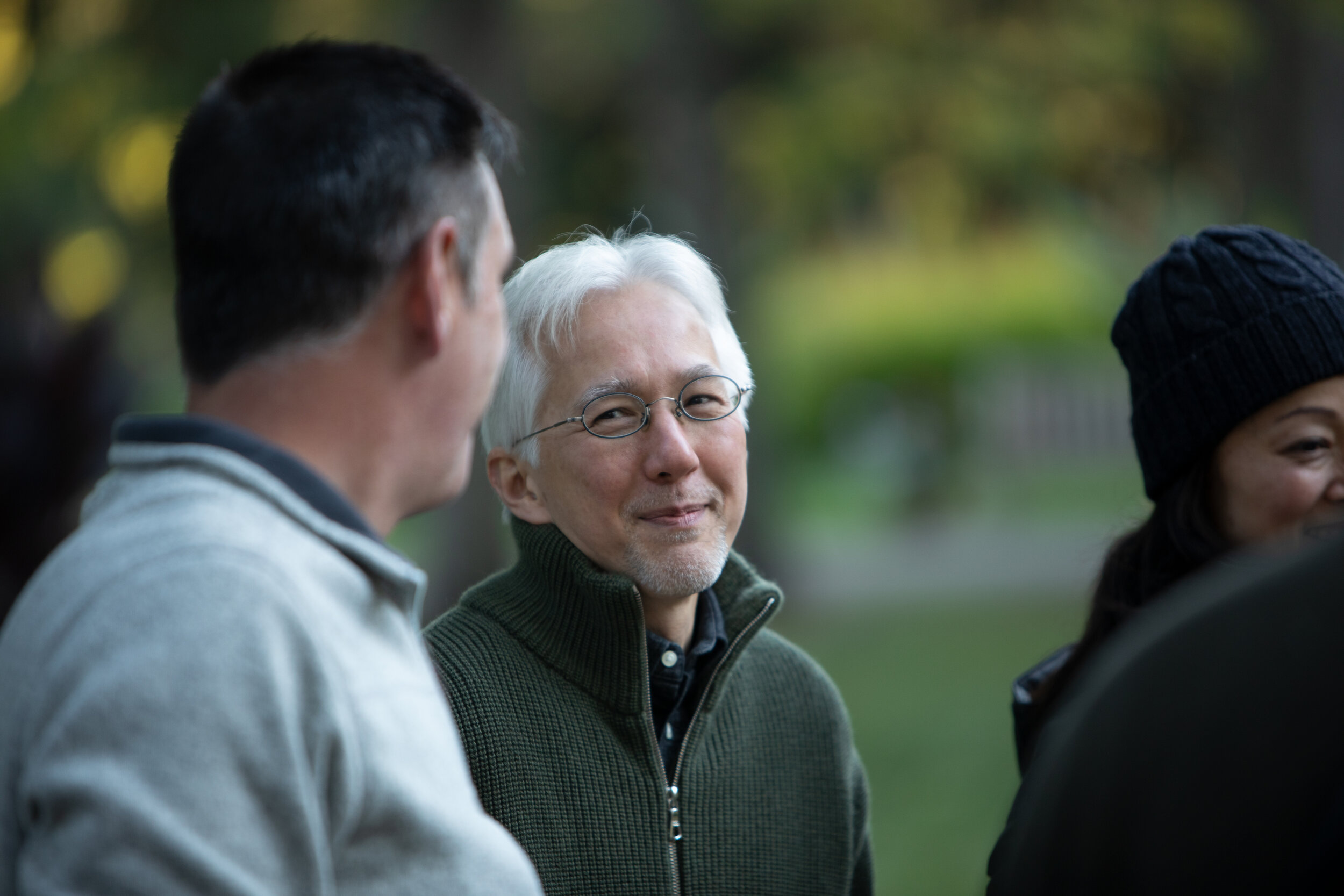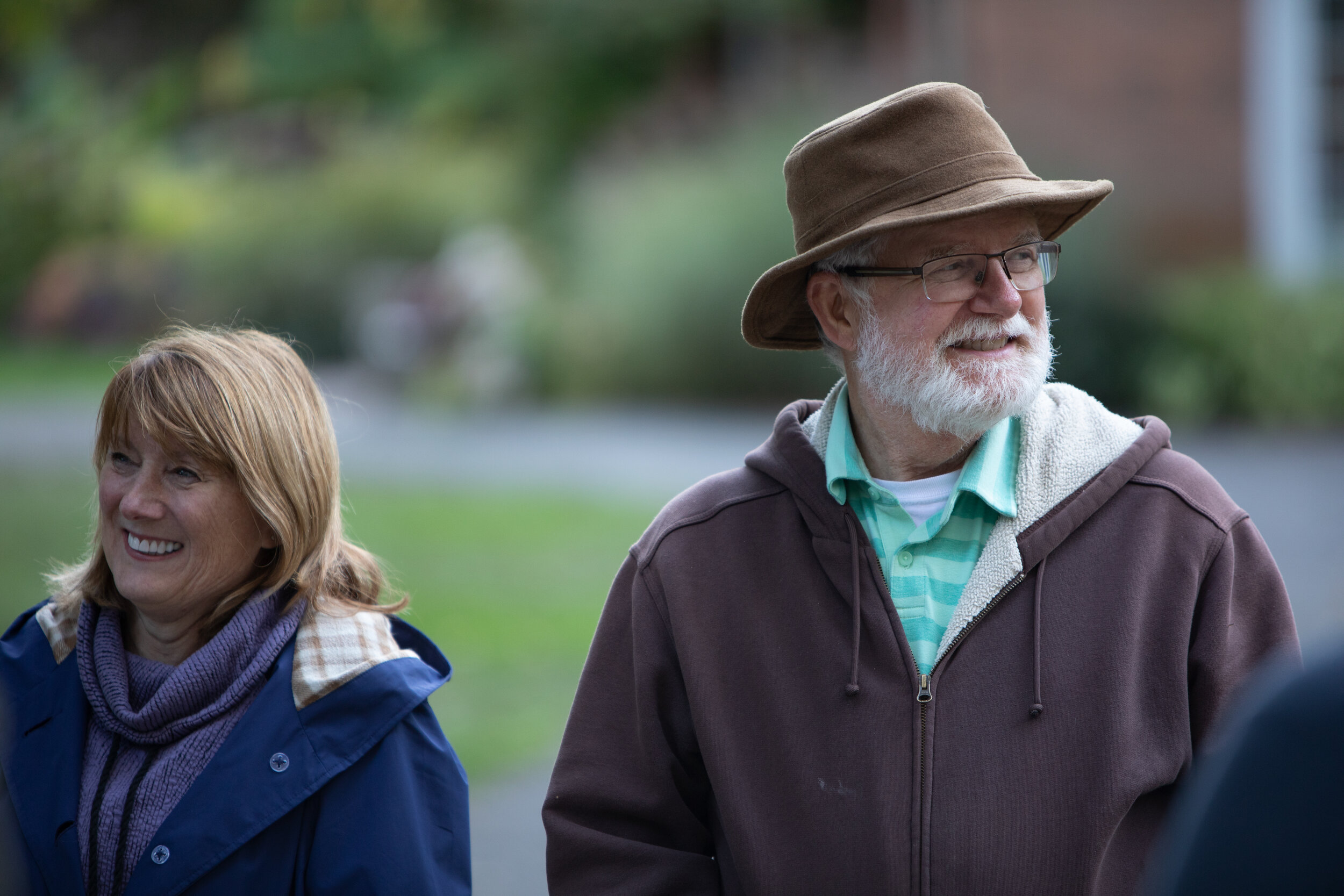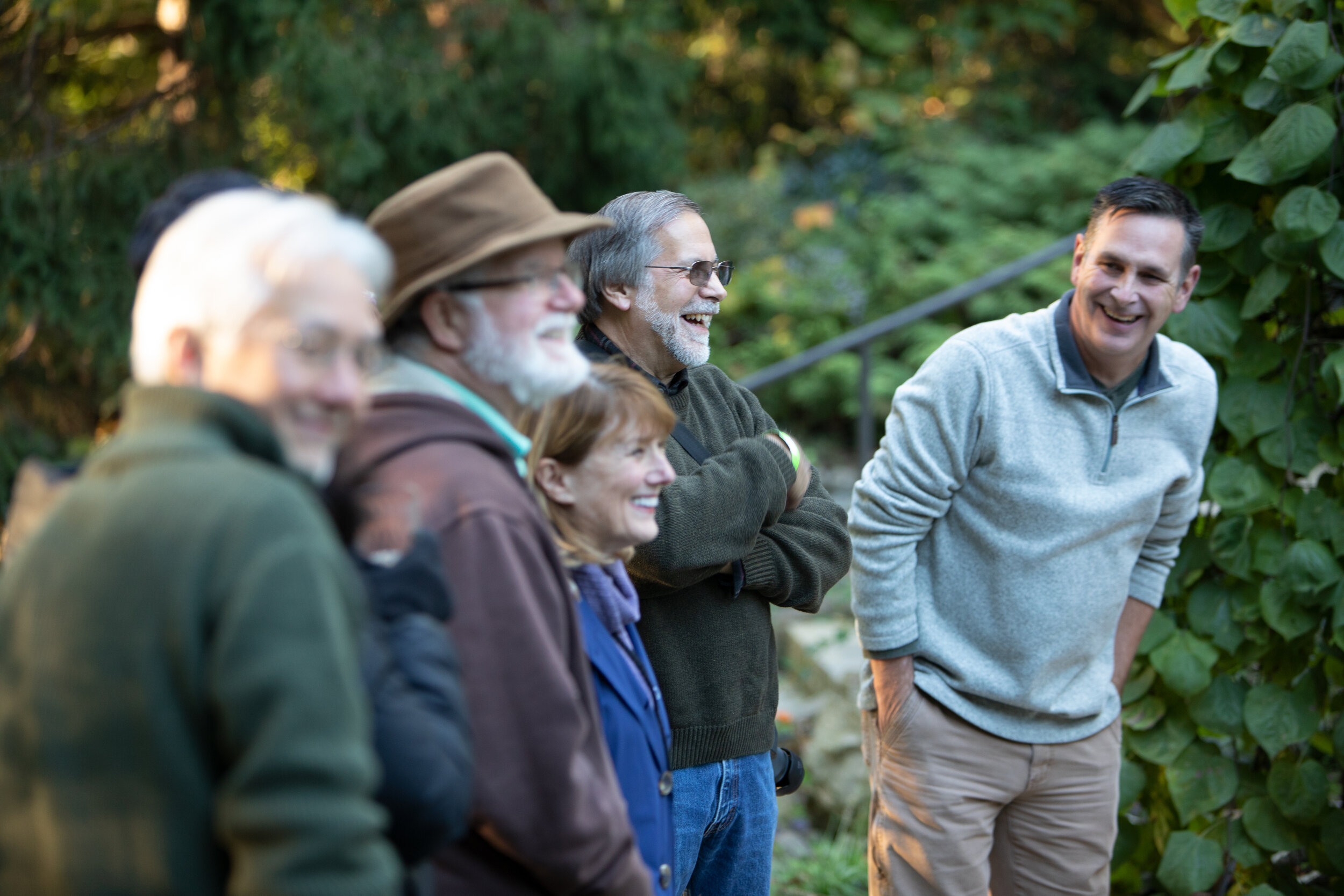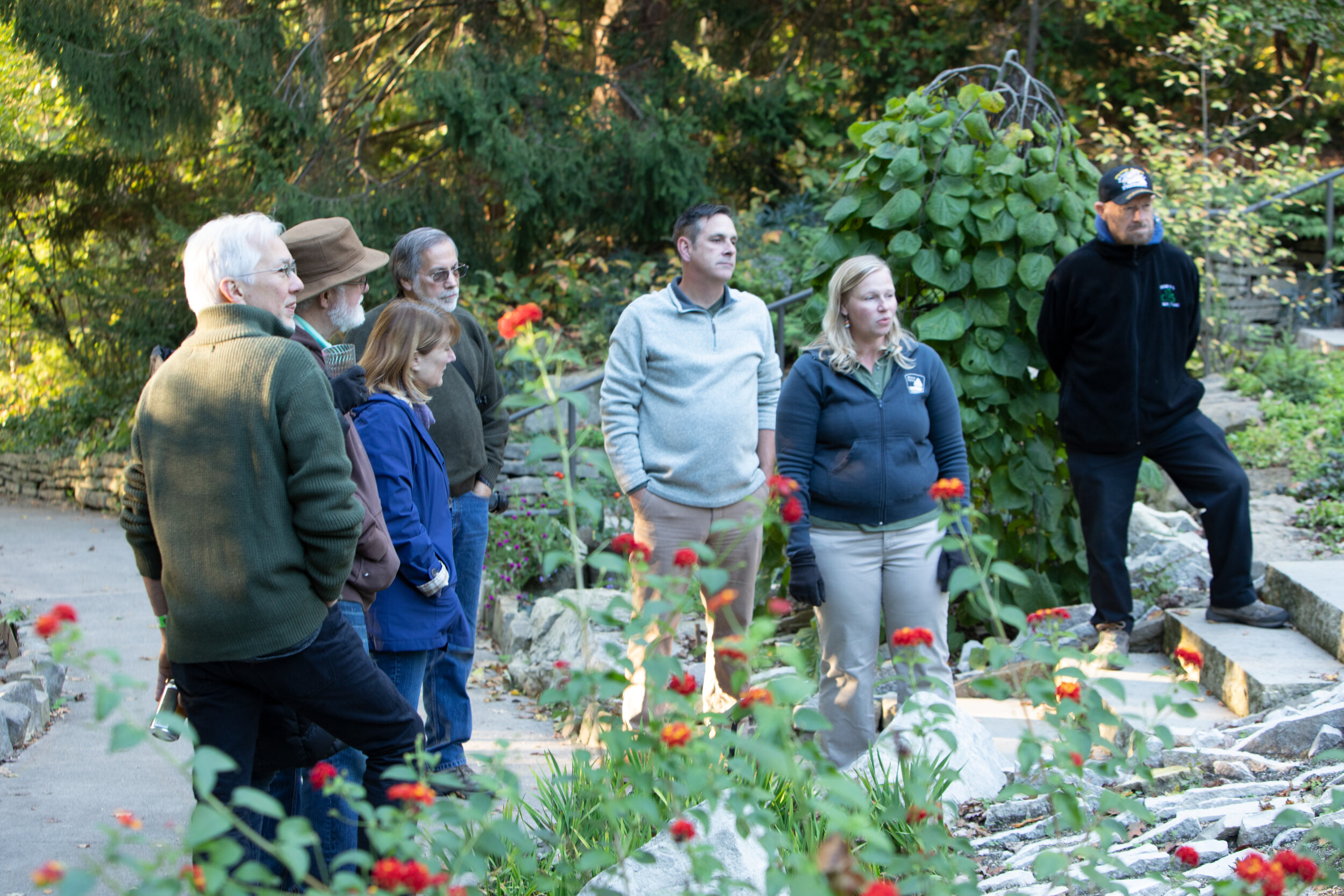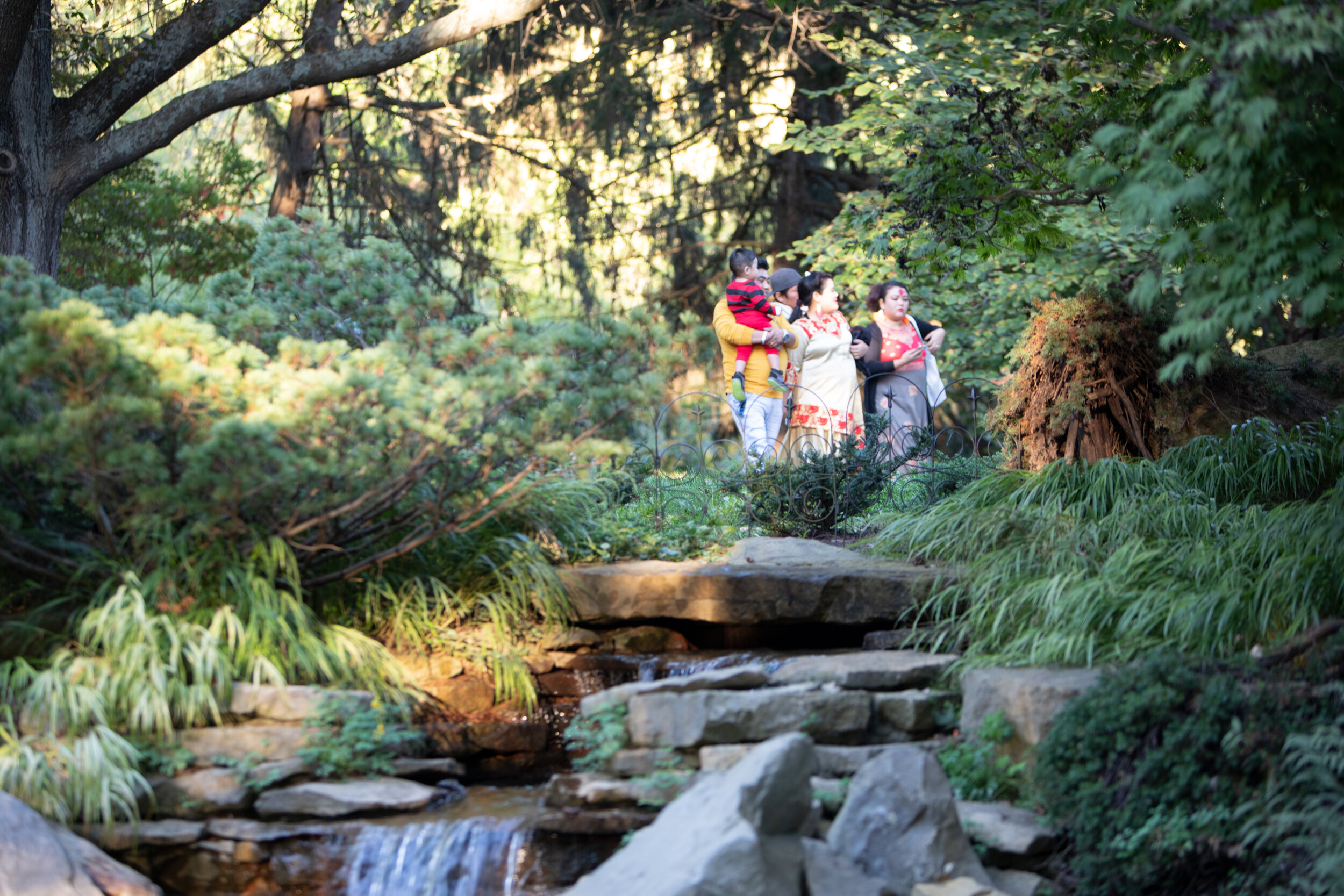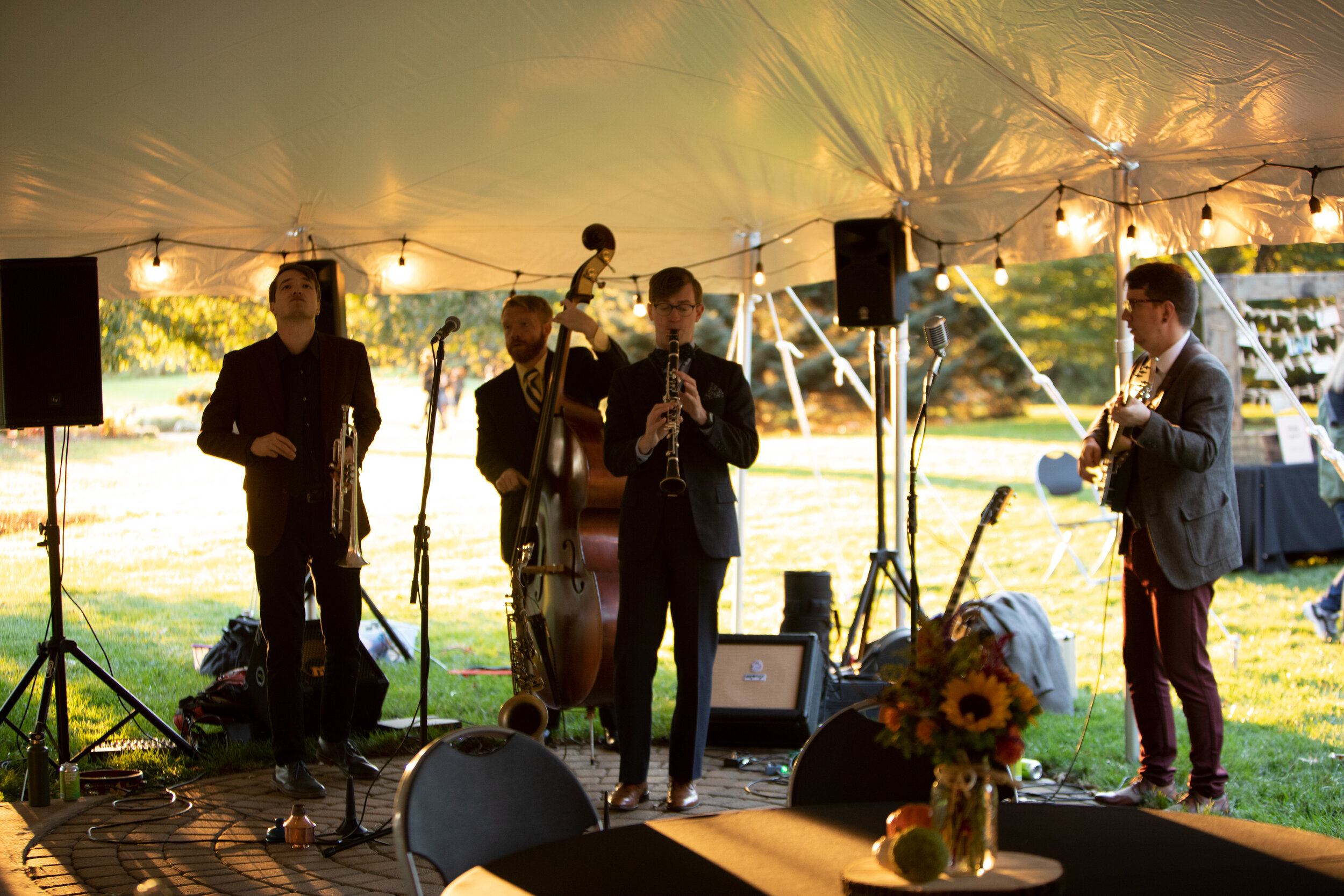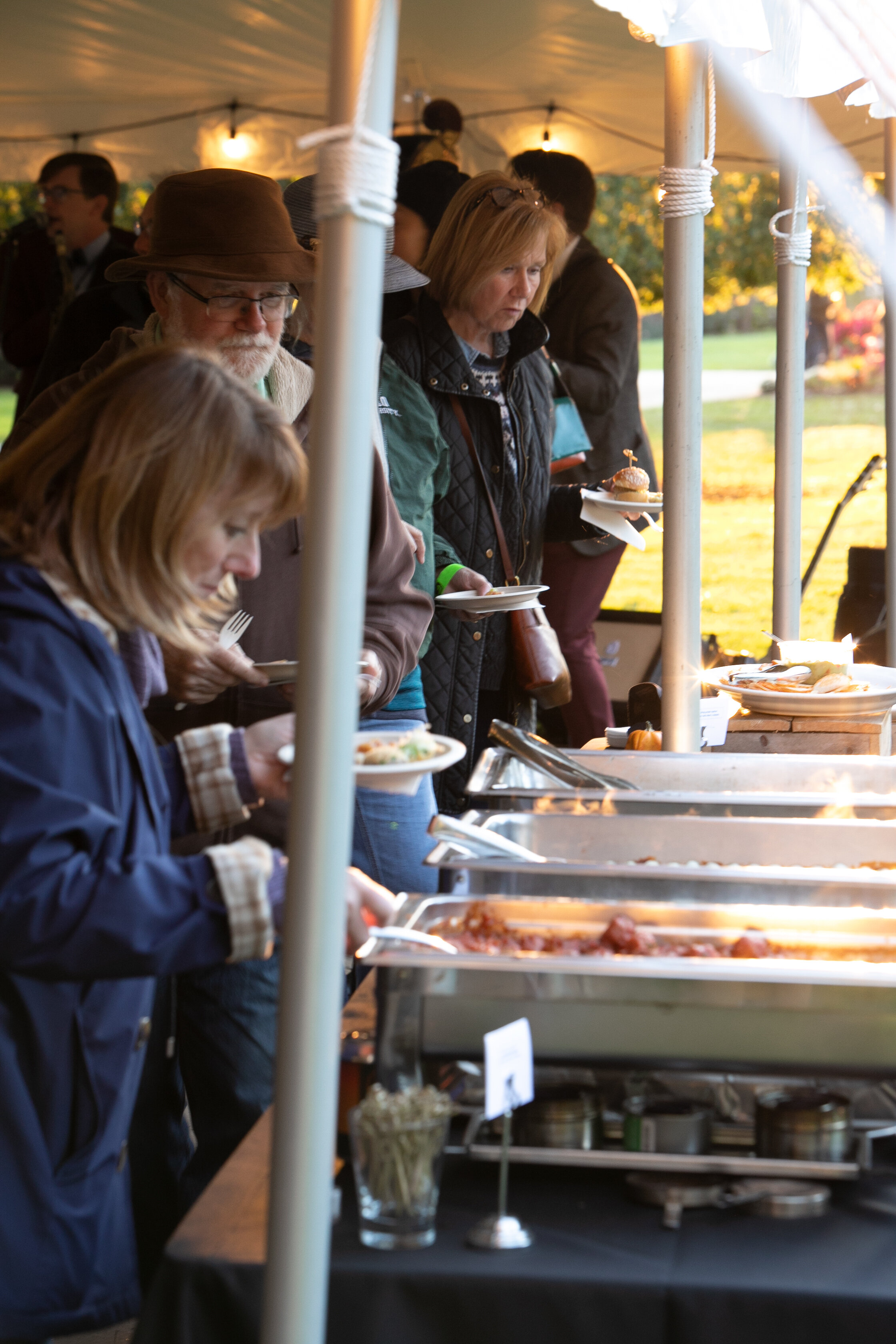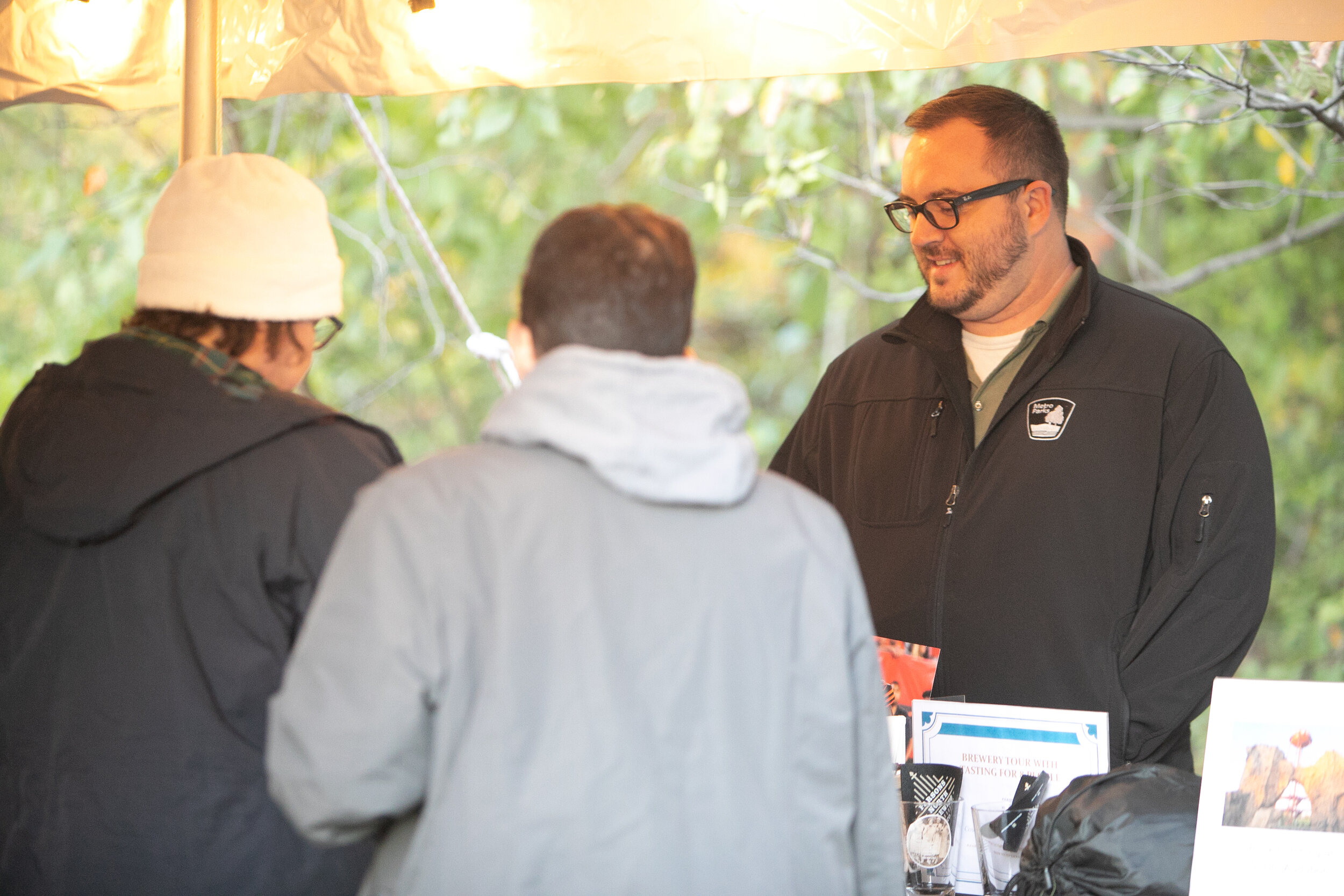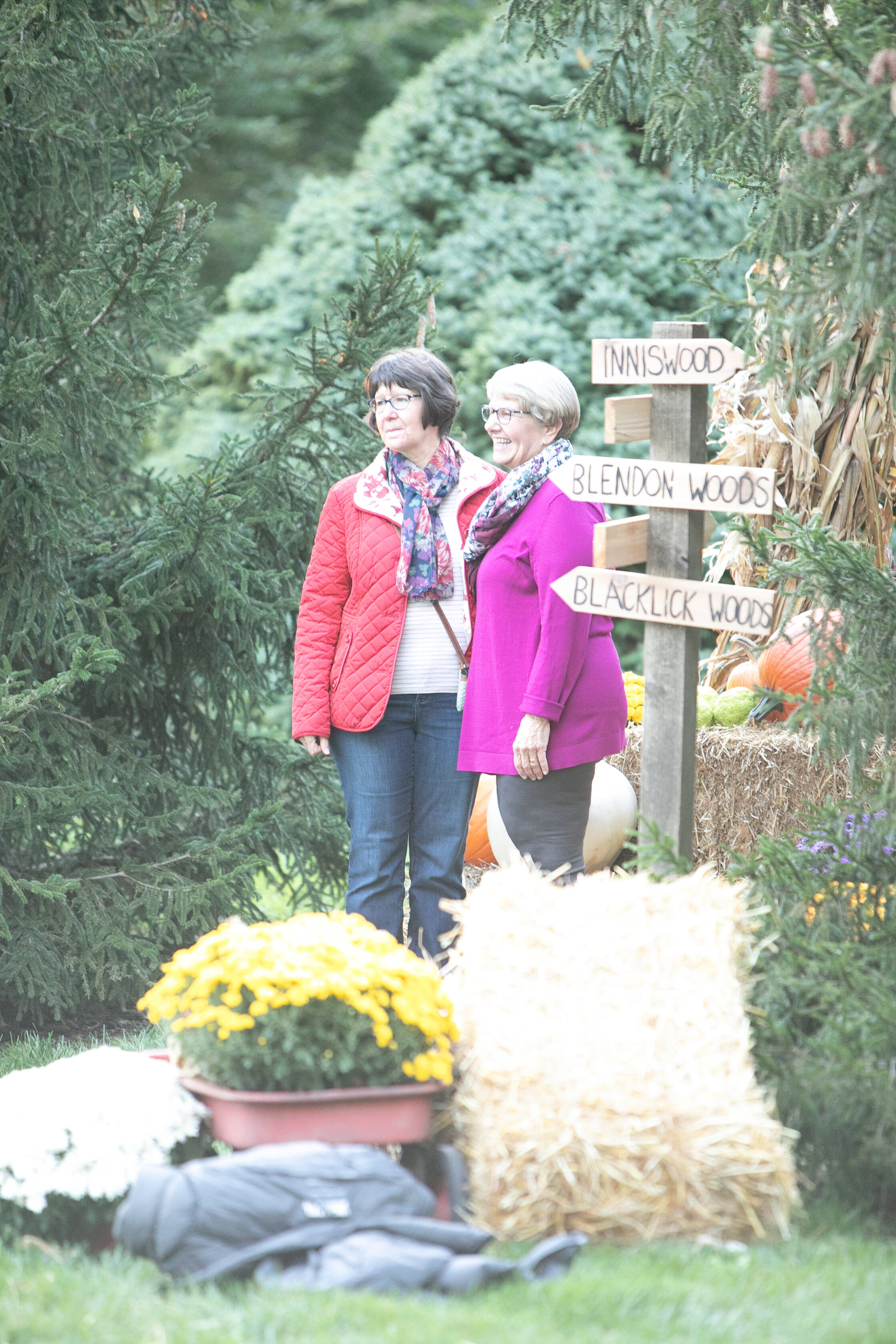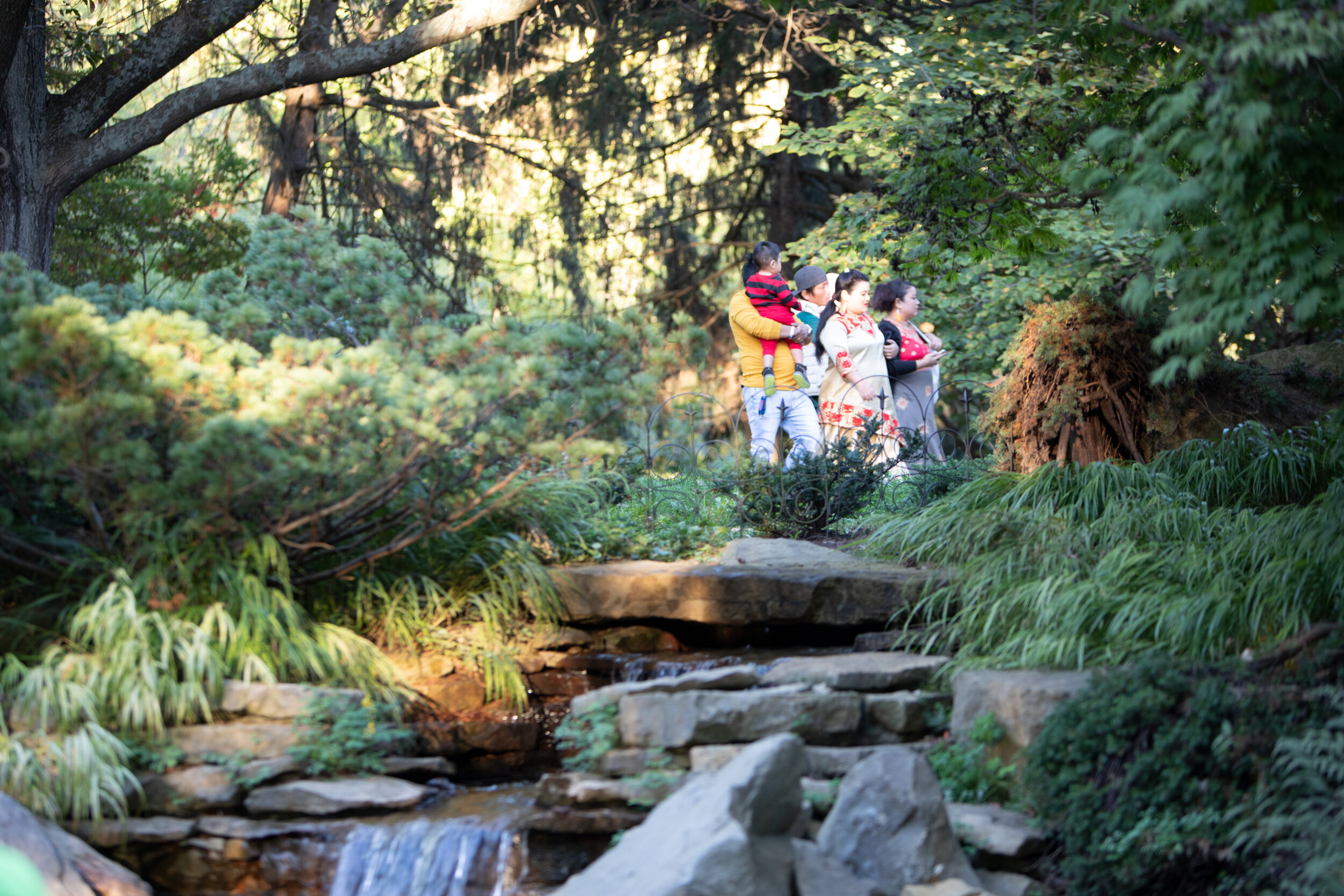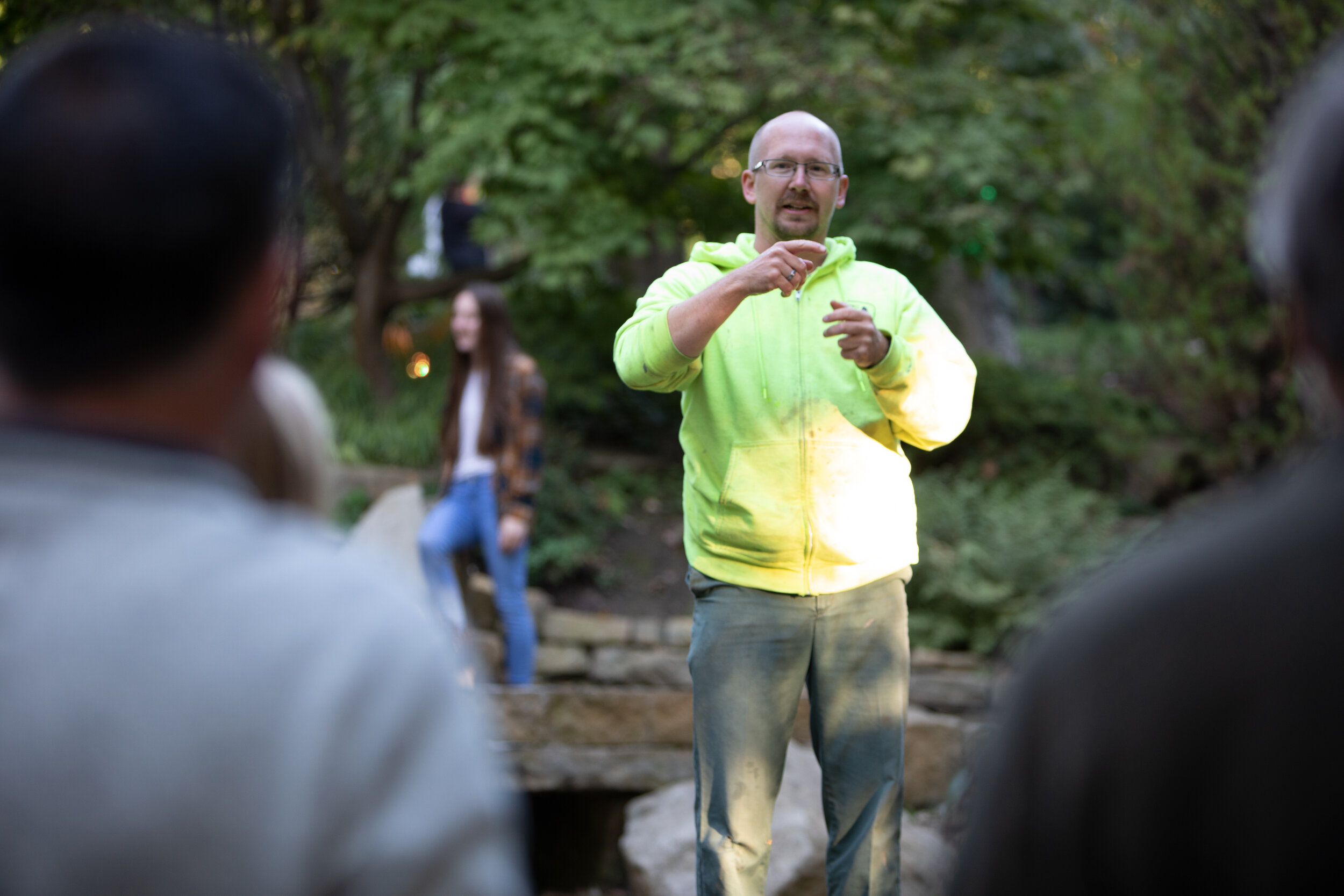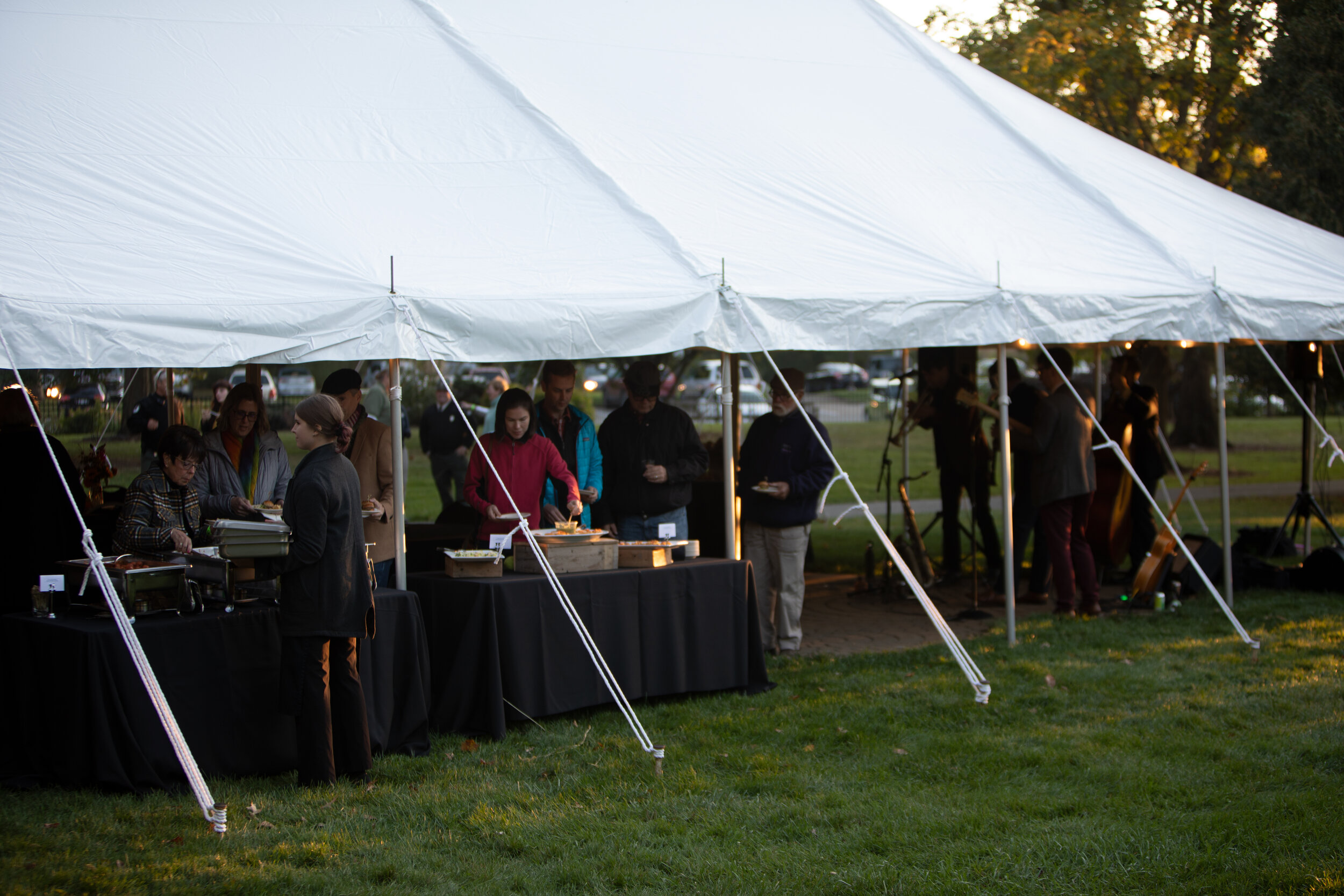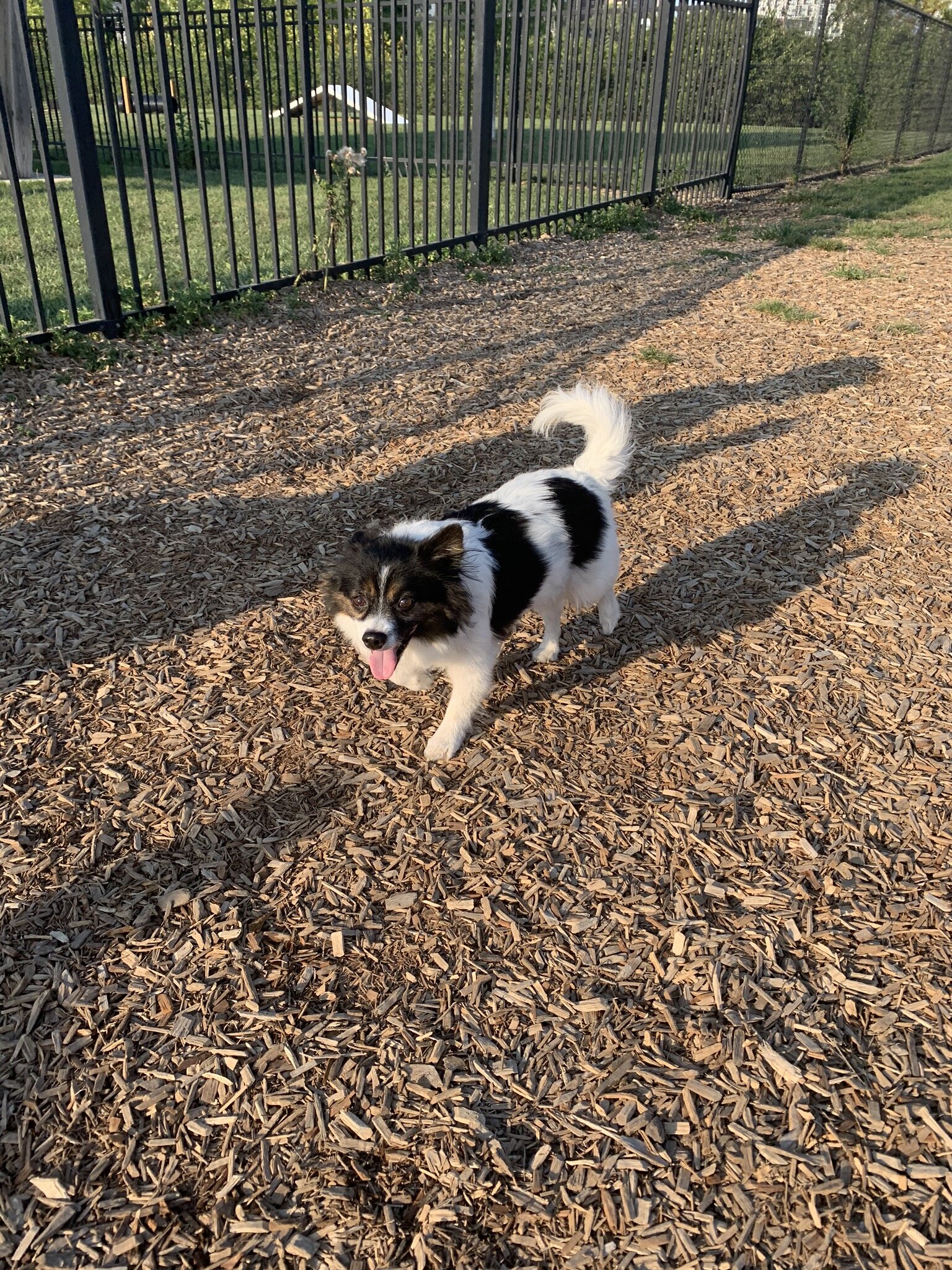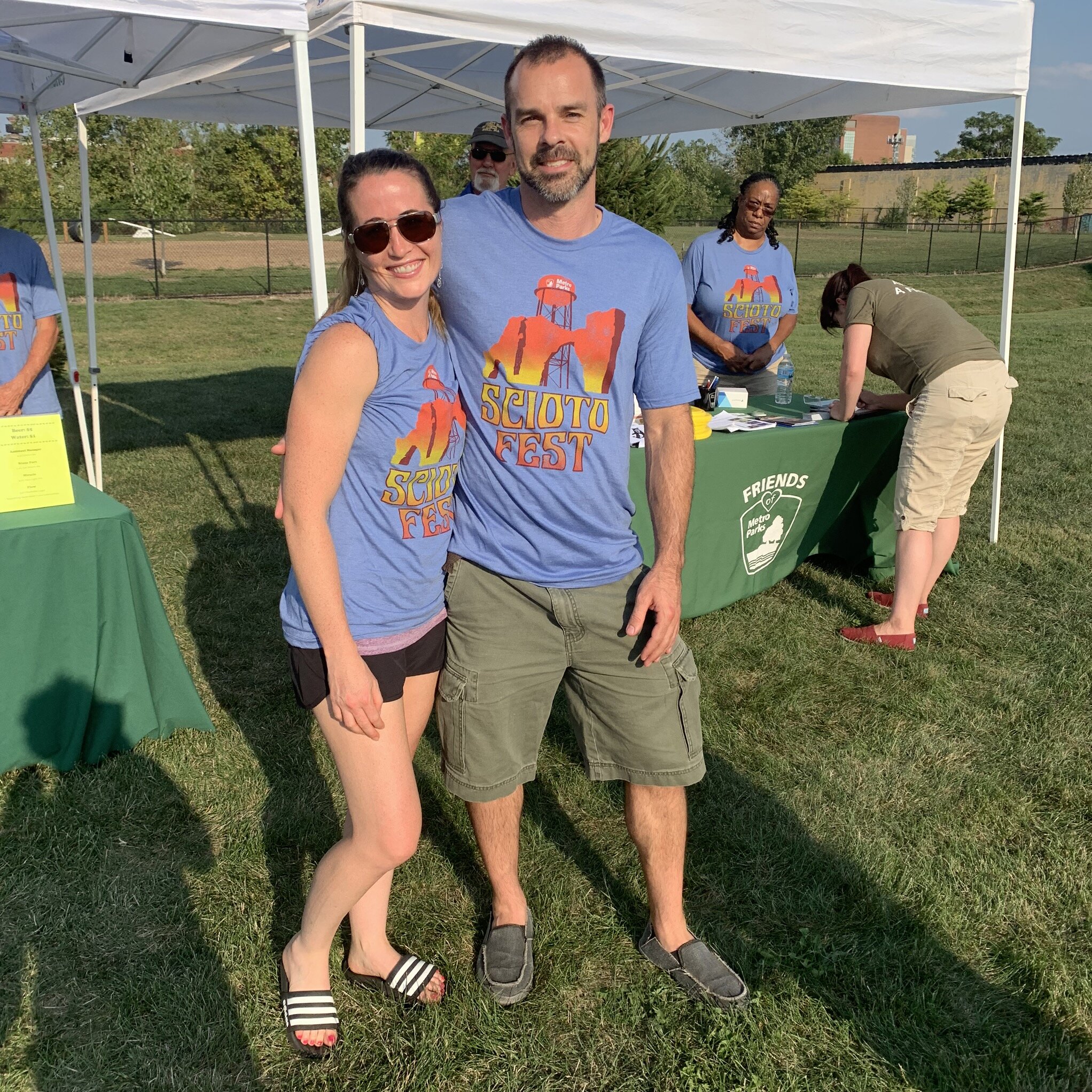Post By: Laura Schneider
It’s fall, the leaves are gorgeous, there’s a chill in the air, and all of us with the Friends of Metro Parks are excited and grateful that soooo many of you have been visiting the parks this year. Park attendance is way up from last year! The wonderful Metro Parks staff has been working tirelessly to keep the parks open and safe for all of us, and we owe them a giant collective THANK YOU!
This has been a tough year, but we’ve at least had beautiful, clean, safe parks to visit. We love the parks and it makes us very happy that so many of our neighbors do too.
SO, LET’S KEEP THE PARKS LOVE GOING!
This fall, there are tons of opportunities to stay active outdoors in your favorite Metro Park. Whatever activity you’re into, there’s a park for that.
Looking for ideas of things to do? Here are a couple of recommendations:
The Explorer’s Challenge
This is a new program this year, and it consists of 5 different challenges that you can complete in order to win a prize. And the best part? Each challenge gives you the chance to get out to several different parks, so that you can check out what makes each park special and maybe visit one you haven’t been to.
The Explorer’s Challenge runs through October 31, so you still have time to get out there and get it done.
The 5 challenges are:
The River Rambler: spend 10 hours or more canoeing, paddle-boarding, or kayaking on one of Metro Parks’ many scenic waterways. Checking out the fall colors from the water? Yes please!
The Trail Trotter: hike the 5 trails identified in the challenge, totaling 10.9 miles. The trails are at 5 different parks – lots of variety!
Pet Trail Prowler: this challenge is for you and your adorable doggie (or cat, I suppose, if you can actually get your cat to walk. I’ve tried to get my cat to walk on a leash and it’s a big NOPE from her.). You’ll hike 5 of Metro Parks’ pet-friendly trails, totaling 12.3 miles. If you don’t have a pet, you can always hike the trails by yourself, but that doesn’t sound as fun. I’d recommend borrowing a dog. Message me and I can hook you up with a crazy terrier ;)
Greenways Go-Getter: For this challenge, you can hike or bike! Metro Parks manages 100 miles of paved Greenway Trails, offering everything from scenic nature to views of downtown Columbus. If you decide to bike, you’ll pedal 52.9 miles along 5 different sections of Greenway Trails (sore butt included at no extra charge). If you decide to hike instead, you’ll do 10 miles.
Ridge Runner: if you’re like, “yeah, I prefer hiking, but I’m not going to be outdone by those show-off cyclists doing 52.9 miles,” then the Ridge Runner challenge is for you! It involves 10.8 miles of hiking or running on 5 of the Metro Parks’ more difficult trails in 5 different parks.
Thru-Hiker: But wait, I thought you said there were 5 challenges…? Think of this one as a bonus. If you just can’t get enough hiking this fall, and you complete all 4 of the hiking challenges, then you’ve also completed the Thru-Hiker challenge! If you do this, you will have hiked 44 miles in at least 12 different parks. We will all be super impressed. And, if you’re one of the first 200 people to complete Thru-Hiker, you’ll get a patch and a t-shirt!
Be sure to check out the official site for all the details of the Explorer’s Challenge. And remember, it runs through October 31, so you still have plenty of time!
The Chase Columbus Turkey Trot
Here’s another chance to get out, be active, and do some good at the same time. The Chase Columbus Turkey Trot benefits Easterseals of Central & Southeast Ohio, an outstanding organization that provides services and advocacy for people in our community who are living with disabilities.
Pre-pandemic, the Chase Turkey Trot was a race held on Thanksgiving morning in Upper Arlington. This year, it’s going virtual, so you can do it anywhere – and I’m biased, but I think you should do it in your favorite Metro Parks! Just think, you’ll spend some much-needed time outdoors and help raise money for Easterseals.
(The Friends of Metro Parks and the Metro Parks aren’t affiliated with this event, but it’s a great cause and, as always, we just want to encourage folks to use the parks!)
Here’s how the Turkey Trot works this year:
You can complete your race on your own time, anytime from November 1st through December 1st. Wanna run and work up a monster appetite on Thanksgiving morning? You can still do it! Prefer to get out in the evenings? You can do that too! There are no rules! Well, actually there are *some* rules, but you know what I mean ;)
You can spread out your virtual “race” so that it works with your schedule. It would be a perfect excuse to visit a new Metro Park or two!
You pick any activity that you want. Really – any activity you want! When you register for the race, you download an app that keeps track of your activities, so just log what you do and you’ll earn points toward prizes.
So let’s look at some of the activities you could choose as part of your virtual Chase Columbus Turkey Trot, and I’ll recommend a great Metro Park where you could do it!
Kayaking/Paddleboarding
My personal favorite is Big Darby Creek at Battelle Darby Creek Metro Park. It’s so scenic and peaceful. But then again, so is the Olentangy River at Highbanks! It’s so hard to choose just one favorite.
For a nice variety, check out Prairie Oaks, which has two lakes that you can paddle in, and also offers access to Big Darby Creek.
Running
Up for a challenge? One of my favorite trails in all the parks is the 2.5 mile Cemetery Ridge trail at Clear Creek. Whether you run it or hike it, be prepared for a tough workout at the beginning of the trail, if you start it at the trailhead. It has about 300 feet of elevation change early on, and then takes you along the top of the beautiful ridge and by a very cool old barn.
If you’re looking for something flatter, the Ancient Trail at Battelle Darby Creek is a nice run and takes you by a Fort Ancient mound too.
Yoga
Every park has spots that are perfect for yoga. But if I had to choose one park, I’d recommend Scioto Audubon. The deck outside of the Grange Audubon Center would be an inspiring place to practice, and the boardwalk that runs along the wetlands would too! If you go at a less-busy time, you’ll feel like it’s just you, the fish, and the ducks – and the water is smooth and calming.
Archery
Disclaimer – the only time I’ve ever shot a bow & arrow was in high school gym class. But it was fun, and I wasn’t THAT bad at it! If you’re into archery, there’s a course at Scioto Grove that you should check out. While you’re there, you can also swing by the disc golf course!
Hiking
Since we’re talking about where to do your virtual Turkey Trot, I recommend hiking the Overlook Trail at Highbanks. Why? I’ve seen lots of wild turkeys on that trail! And you never know, you might even get lucky and see a bald eagle at the overlook (but I’ve never gotten that lucky).
Obstacle Course
The obstacle course at Scioto Audubon is a blast! Rope ladders, tires, tubes...and the best part is that there are almost always other people nearby to watch you make a fool of yourself – or at least, that’s been my experience when I’ve tried it :) There’s also an obstacle course at Glacier Ridge. Since you’re earning points for all the activities you do during your virtual Turkey Trot, why not do both?
Biking
If you’re into mountain biking, Chestnut Ridge is the place to go. It has a 9-mile trail with an easy segment and a harder segment, so everyone can give it a try. If you prefer nice flat pavement under your tires, you can also cycle through parts of several parks on the Greenways Trails.
This list includes just a few of the activities you could do in our wonderful Metro Parks as part of the Chase Columbus Turkey Trot. So why not get creative, spend some time outdoors, and help support a fantastic organization?
If you do either the Explorer’s Challenge or the Chase Columbus Turkey Trot, make sure to tag us @metroparkfriend! We LOVE seeing folks enjoying the parks!
Happy fall!





